Apatite
The Gemstone of Vibrant Hues and Spiritual Significance
Apatite, a group of phosphate minerals, is celebrated for its diverse colors and unique properties. Though less renowned than gemstones like sapphire or emerald, Apatite has carved a niche among gem enthusiasts and jewelry designers. Its name originates from the Greek word "apatao," meaning "to deceive," due to its frequent confusion with other gemstones.
Origin of Apatite
Apatite deposits are found worldwide, with notable sources including Brazil, Myanmar, and Mexico. Other significant locations encompass Canada, the Czech Republic, Germany, India, Madagascar, Mozambique, Norway, South Africa, Spain, Sri Lanka, and the United States.
Formation Process of Apatite
Apatite forms in various geological environments, primarily through igneous and metamorphic processes. It crystallizes from hydrothermal solutions and can also occur in sedimentary rocks as a secondary mineral. Its formation is influenced by factors such as temperature, pressure, and the availability of phosphorus.
Cultural Significance and Meaning of Apatite
In metaphysical circles, Apatite is associated with personal growth and communication. It's believed to stimulate intellect, enhance creativity, and aid in achieving goals. Some practitioners use Apatite to balance energies, promote clarity, and facilitate spiritual attunement.
Market Value and Rarity
Apatite is relatively affordable compared to more mainstream gemstones. Its value depends on factors like color, clarity, size, and origin. Vivid colors, especially deep blues and greens, are highly sought after. While not exceedingly rare, high-quality Apatite gemstones are prized by collectors and jewelry designers for their unique hues and brilliance.
Apatite Properties
External
Career & Success
Professional Network
Relationships & Communication
Social Connectivity
Inner
resolution
Excellence
Initiation
Zodiac

Element

Chakras


Planet

Mohs Hardness
5
Click to copy the Apatite properties
Jewelry Uses and Fashion Tips
Apatite's vibrant colors make it a versatile choice for various jewelry pieces, including rings, necklaces, earrings, and bracelets. However, with a Mohs hardness of 5, it requires careful handling to prevent scratches. To maintain its luster, it's advisable to store Apatite jewelry separately and avoid exposure to harsh chemicals.
Fashion Tip: Apatite's striking hues pair excellently with neutral tones, allowing the gemstone's color to stand out. For a bold statement, consider combining Apatite with contrasting gemstones like citrine or amethyst.
Pairing Apatite with Other Gemstones or Materials
Apatite's diverse color palette offers numerous pairing possibilities:
- Diamonds: The classic sparkle of diamonds enhances Apatite's vibrant colors, adding elegance to any design.
- Pearls: Combining Apatite with pearls creates a harmonious blend of color and sophistication.
- Silver and White Gold: These metals complement Apatite's cool tones, especially in blue and green varieties.




Apatite Color Palettes for Artistic and Fashion Inspiration
Drawing inspiration from Apatite's hues, here are five color with their respective codes, click to copy:

#31827B Apatite Blue
#B0C4C4Wave Gray
#F2E1C2 Sand Beige
#A67B5BDriftwood Brown
#9FE2BFSeafoam Green
These palettes can inspire various design projects, from fashion collections to interior decor.
Apatite's Role in Sustainable Jewelry Practices
As consumers become more environmentally conscious, the demand for ethically sourced and sustainable gemstones has risen. How can Apatite contribute to sustainable jewelry practices?
Feel free to share your comments below!



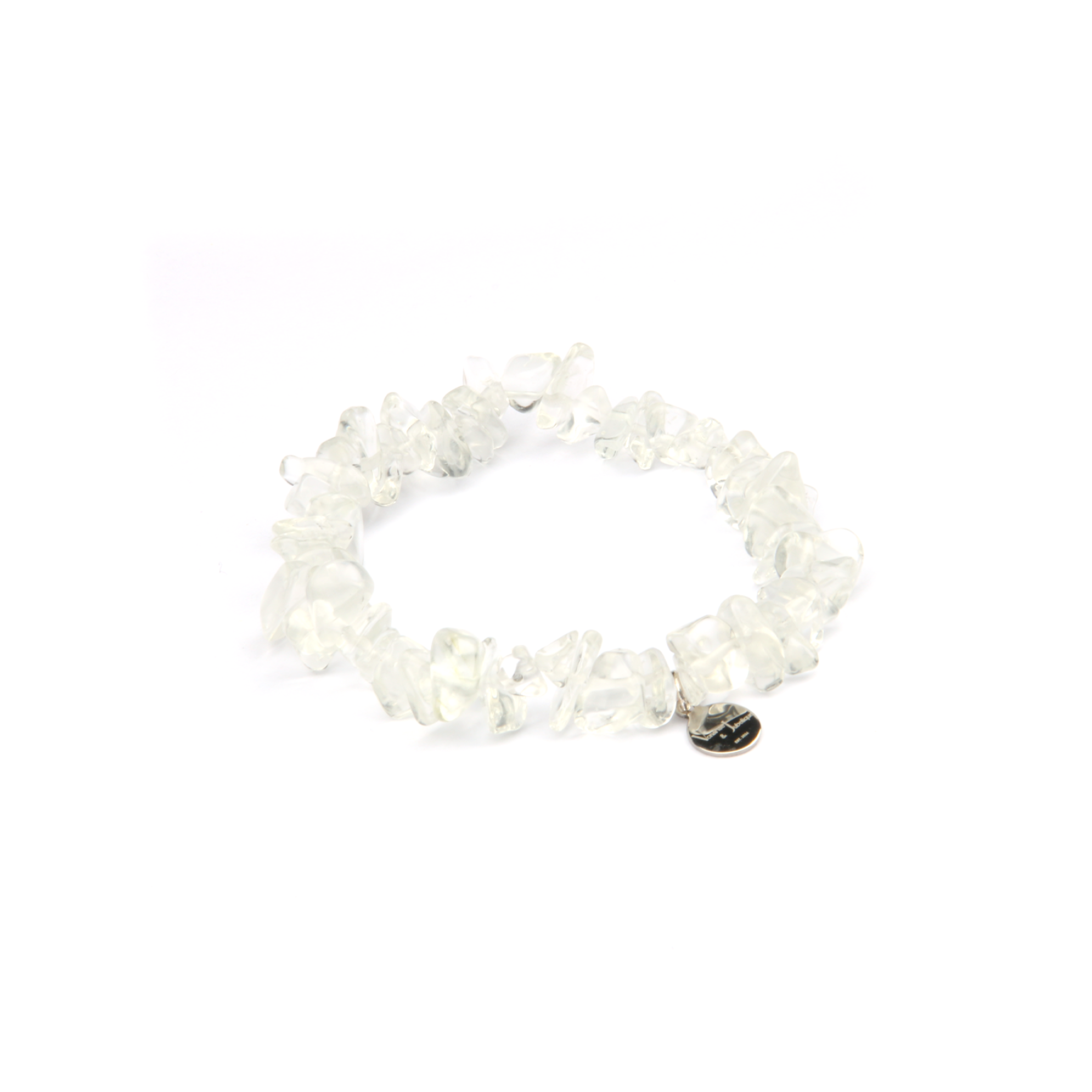
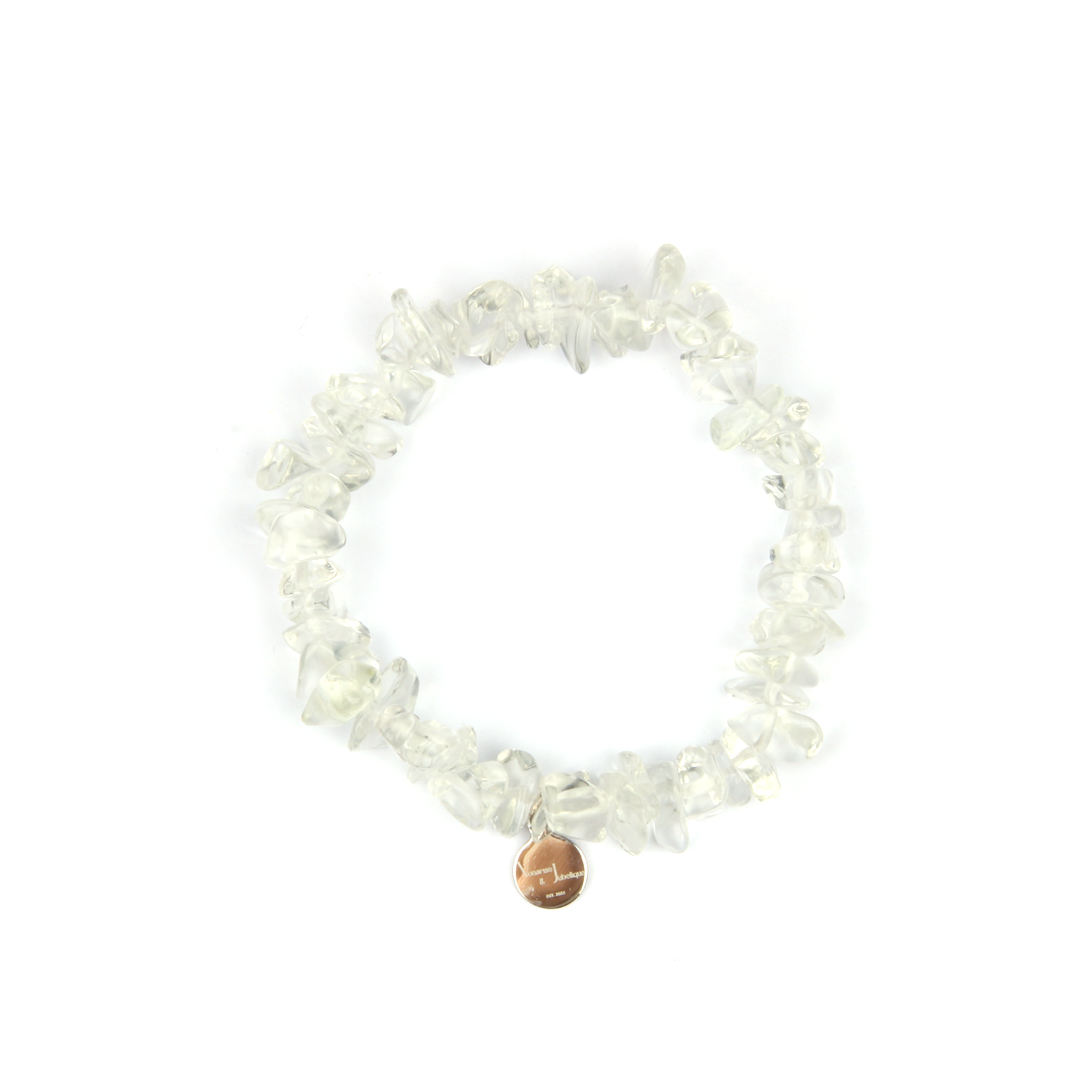

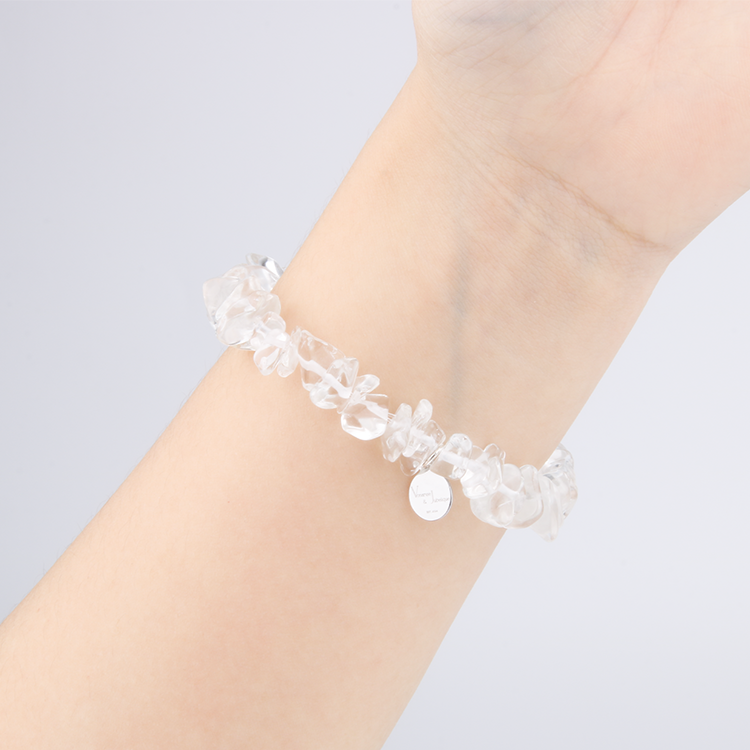
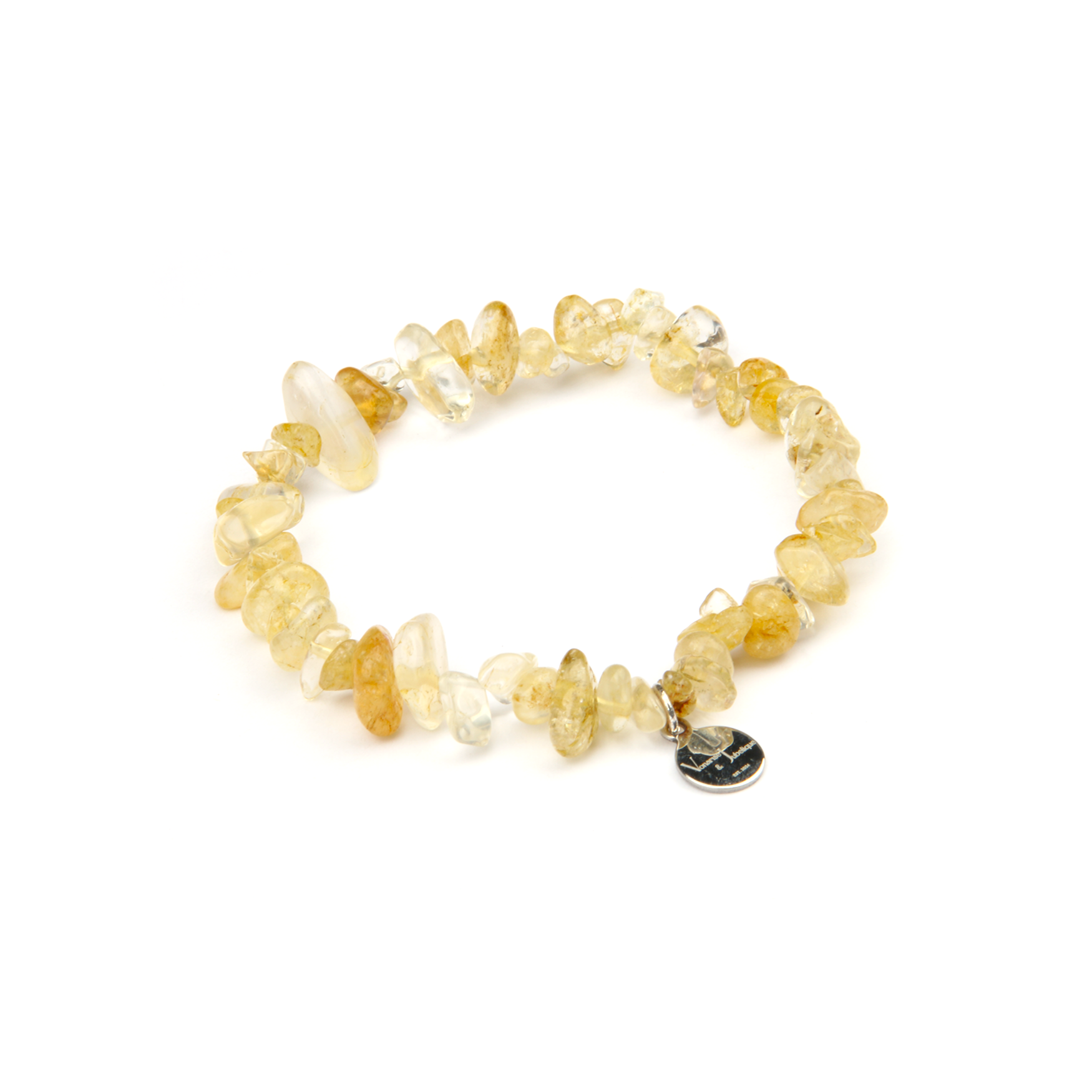
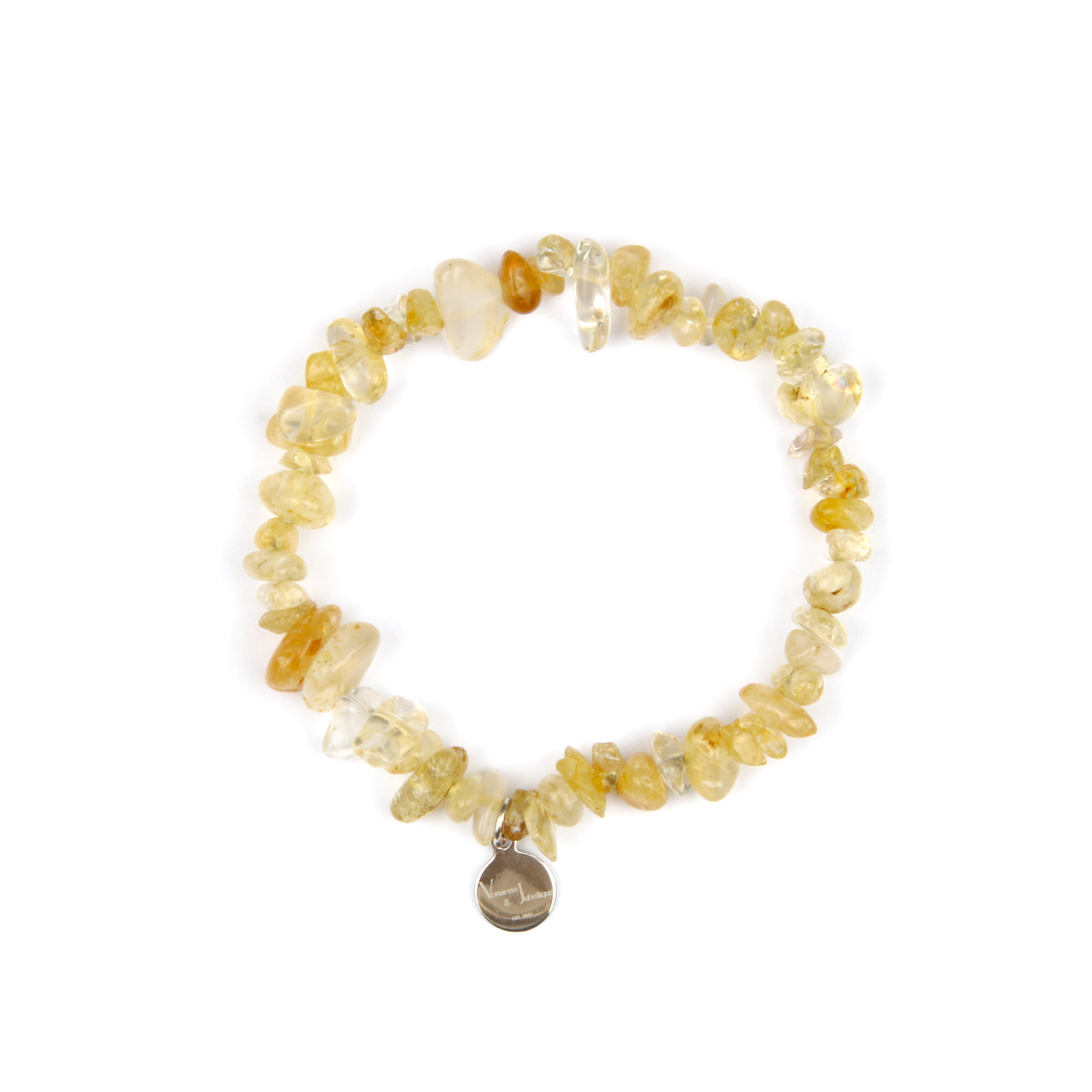
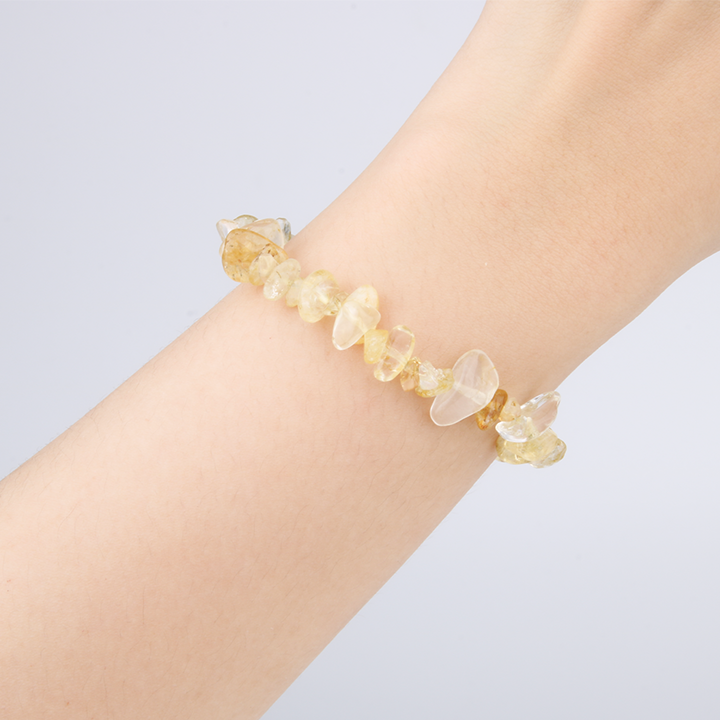
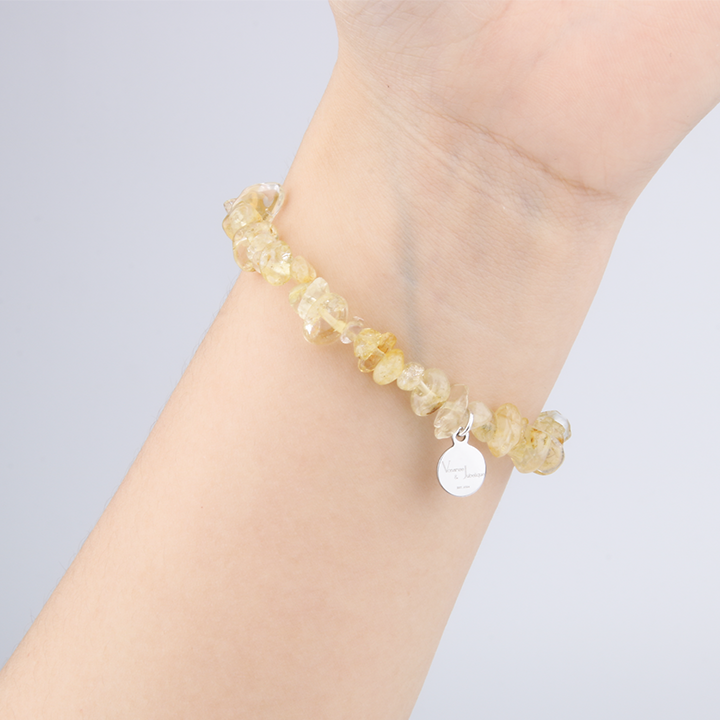
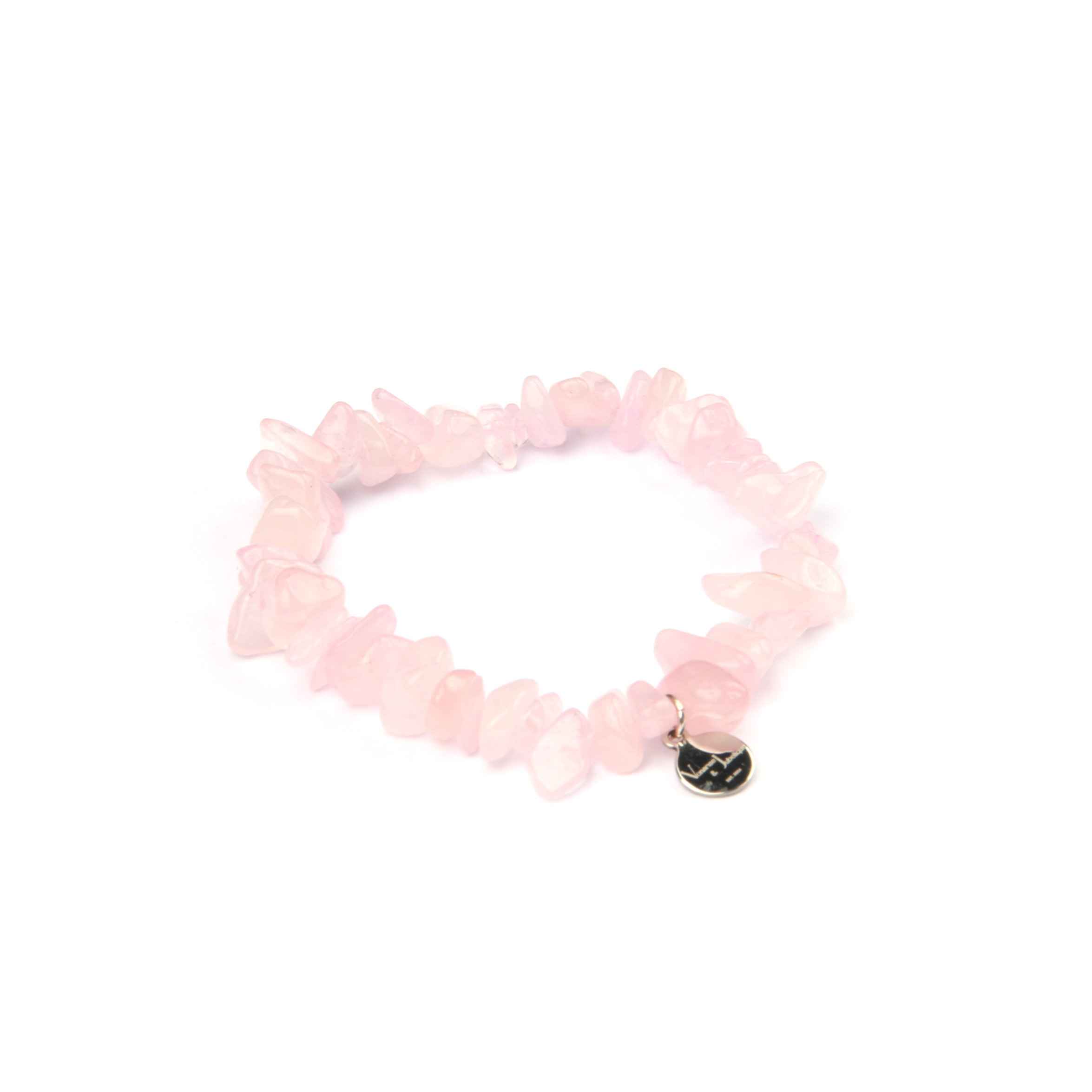
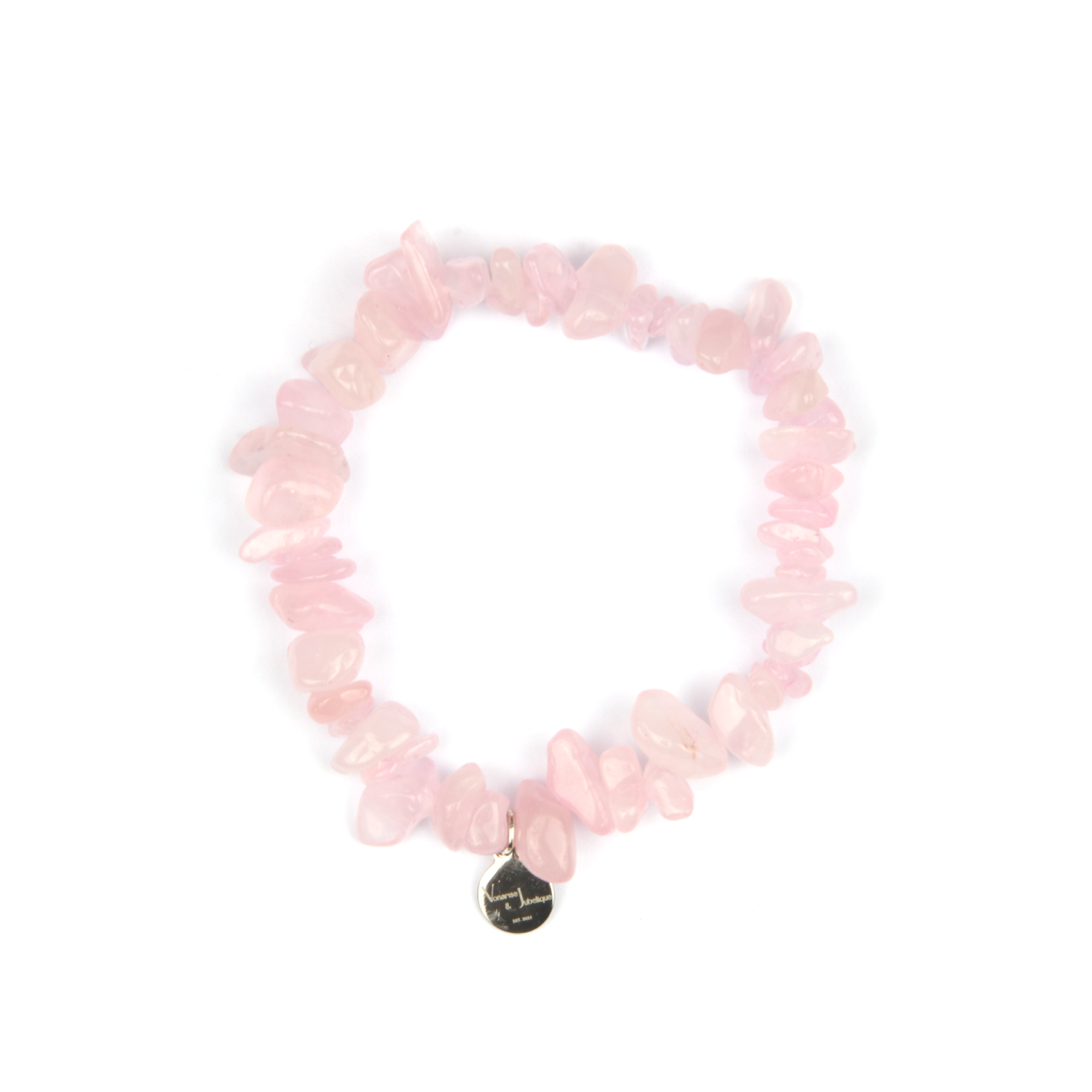
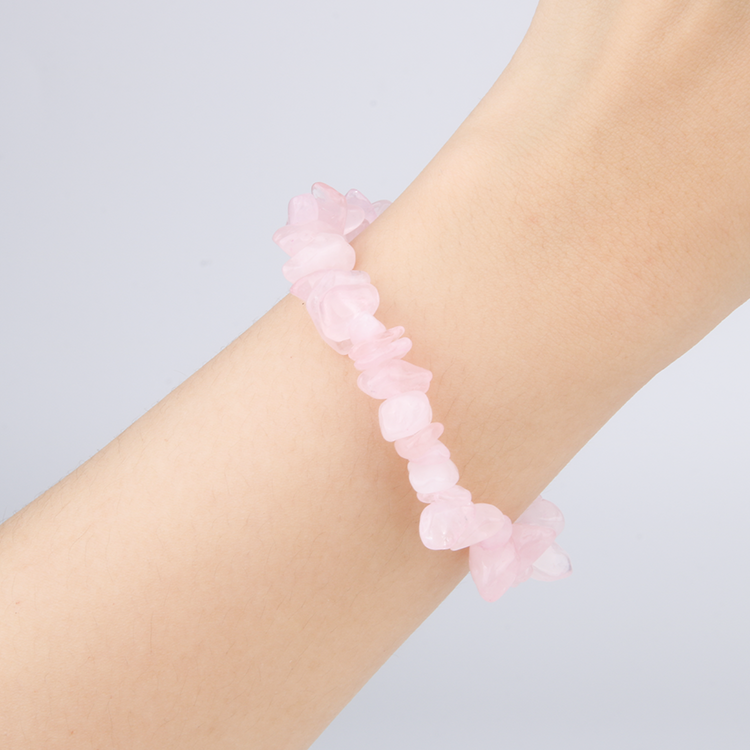
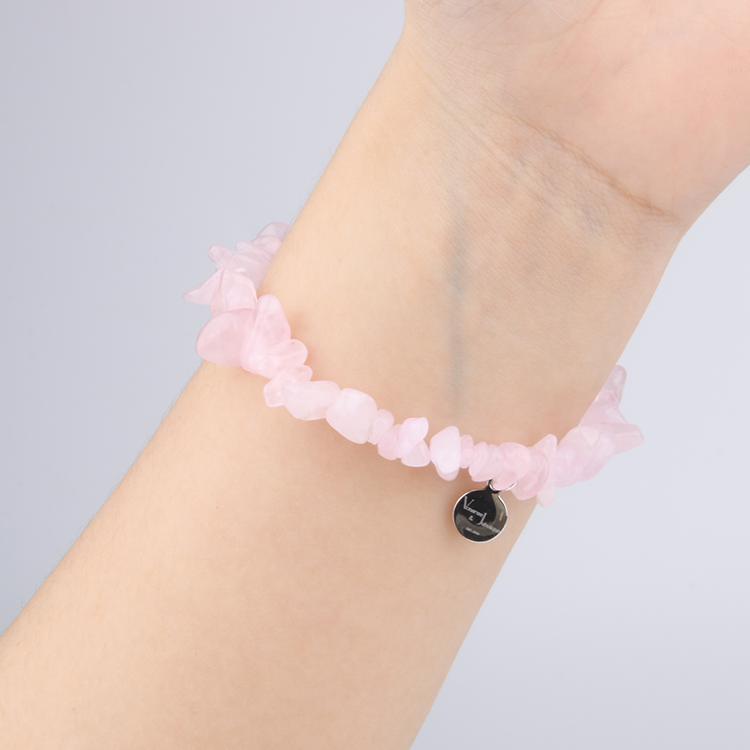
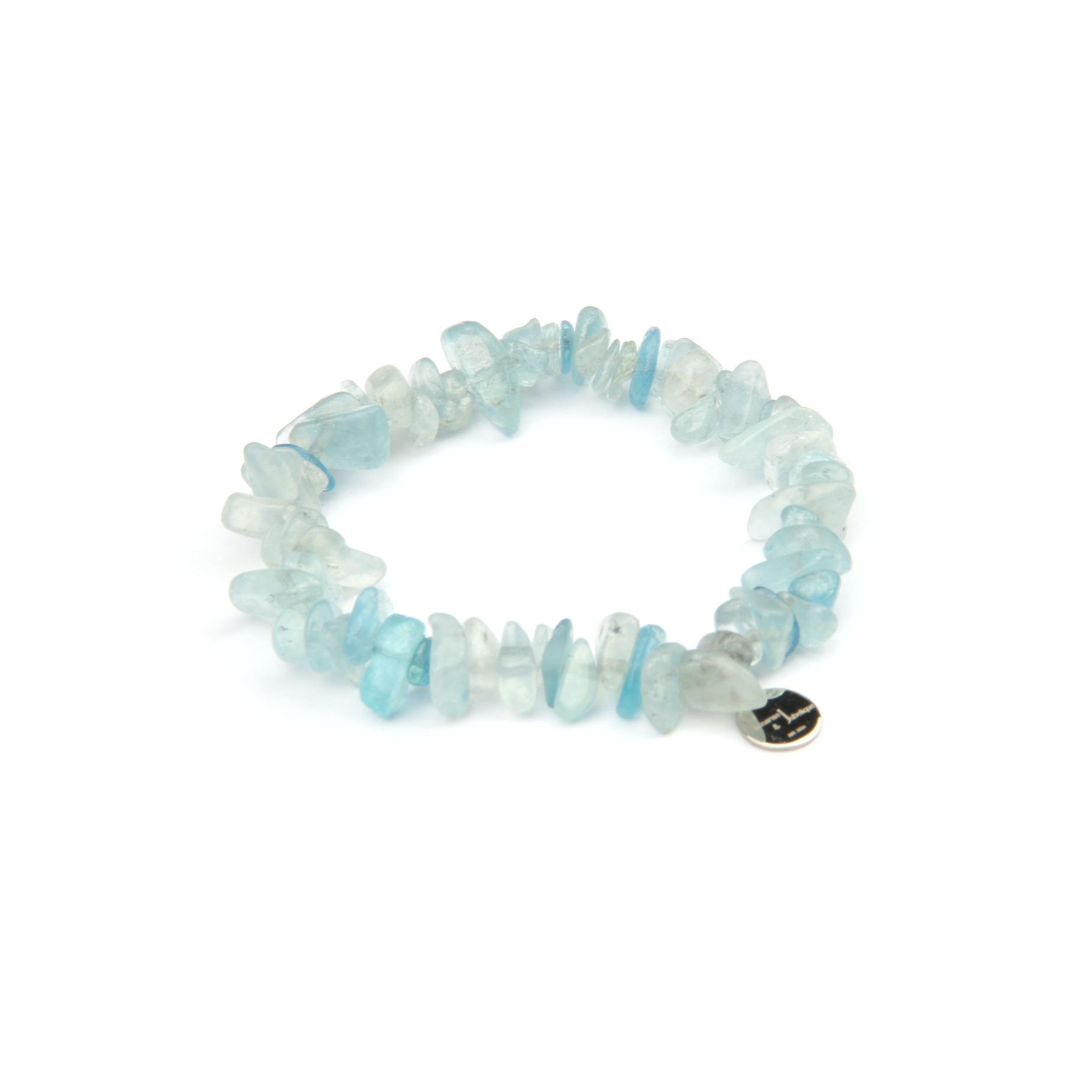
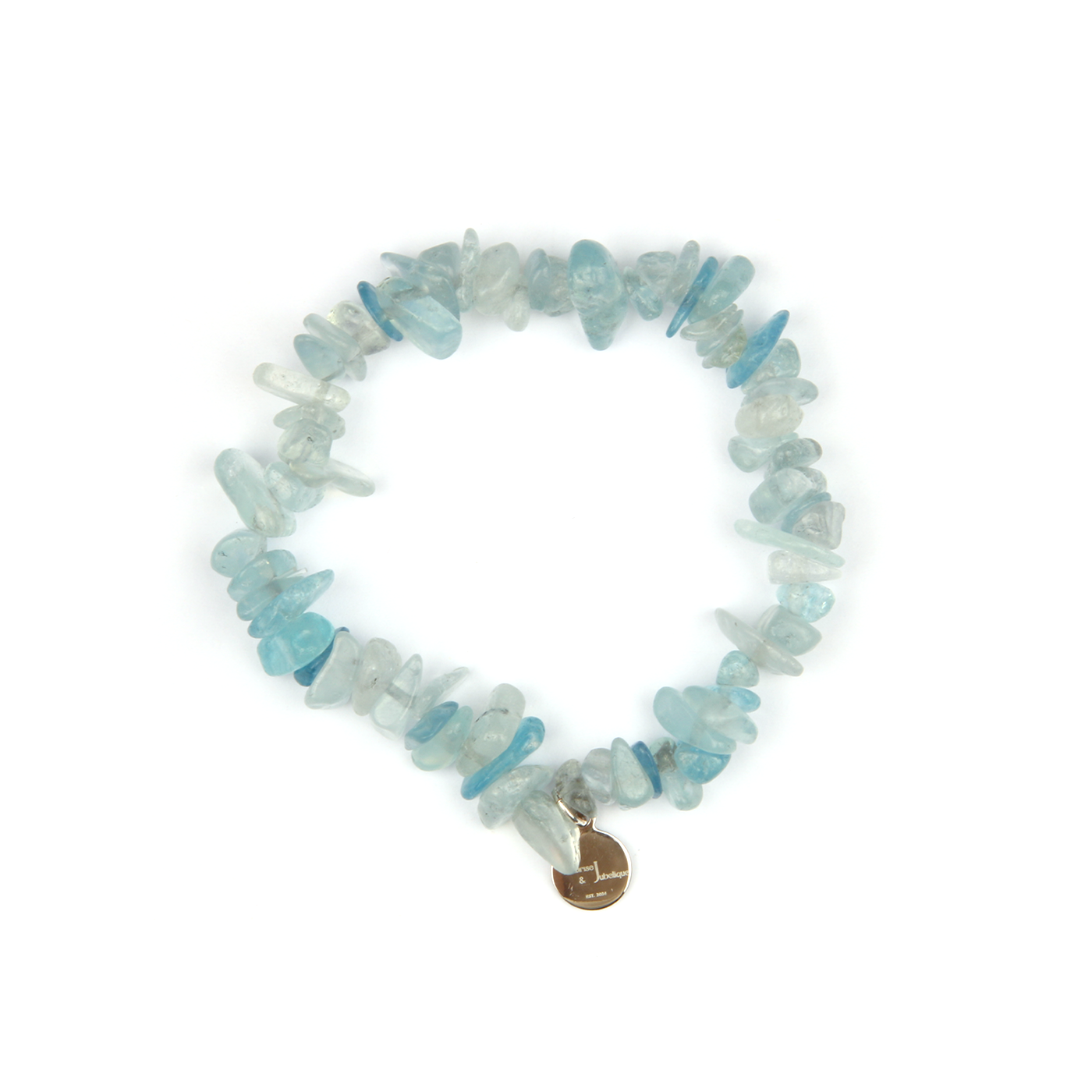
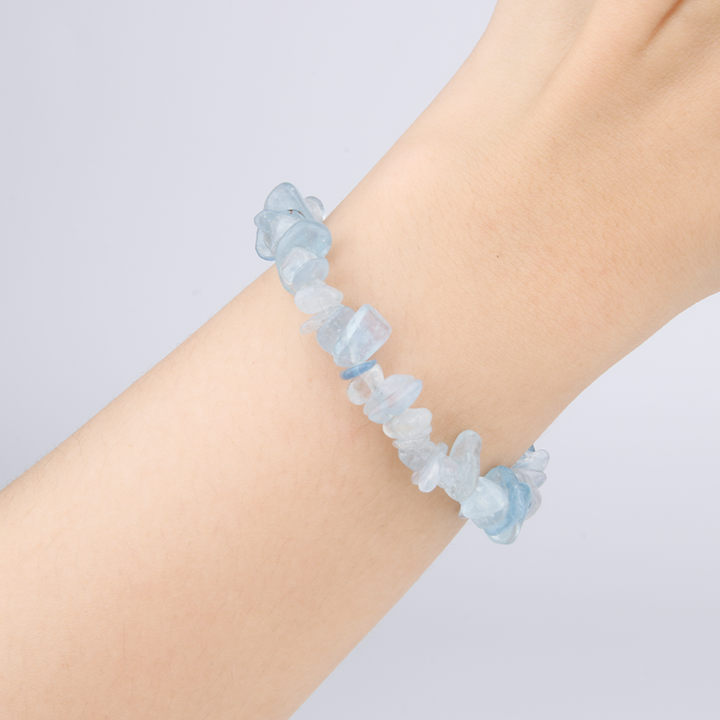
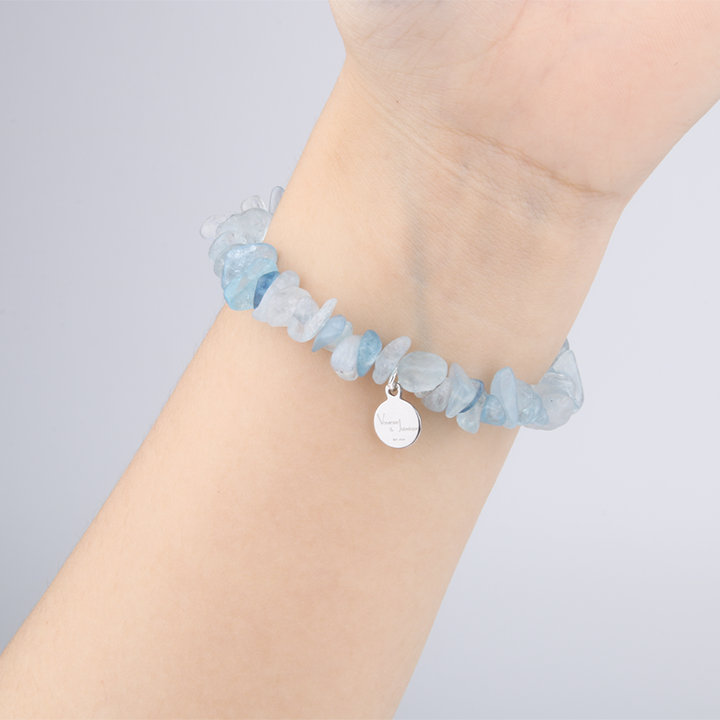
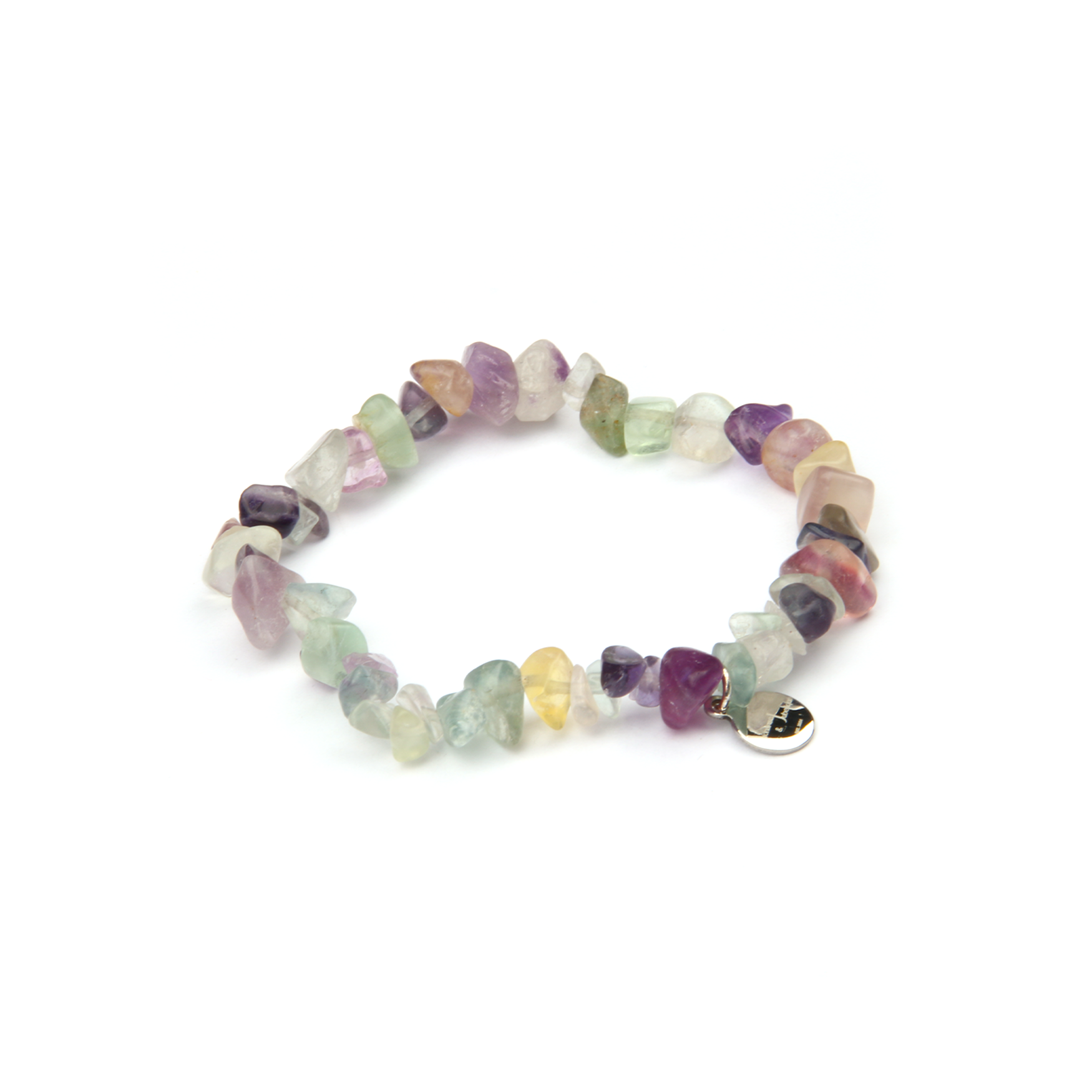
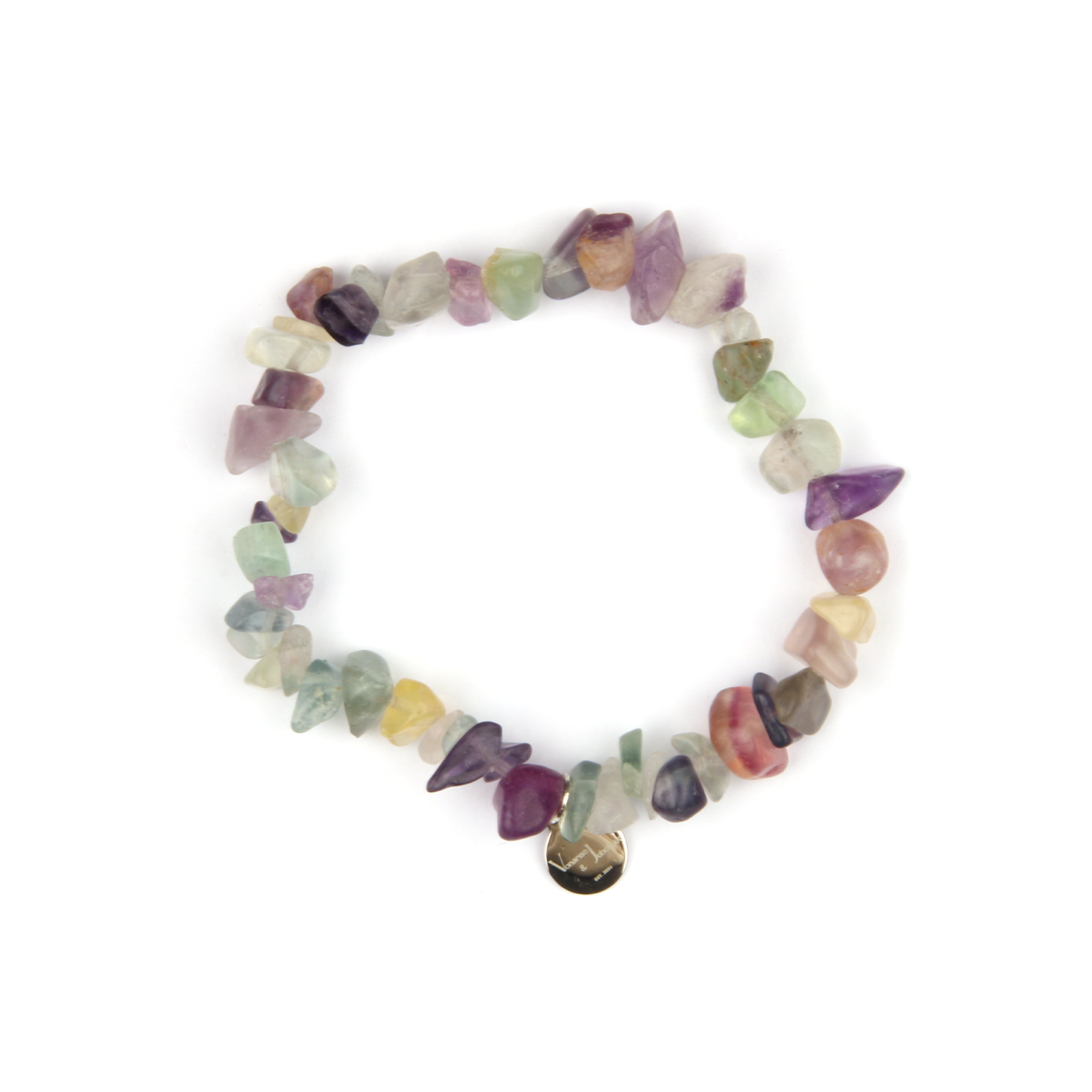
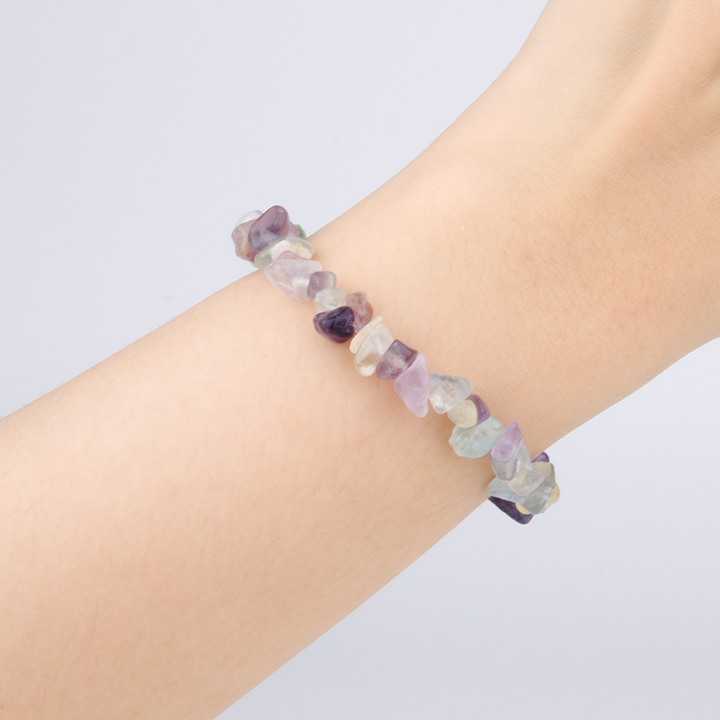
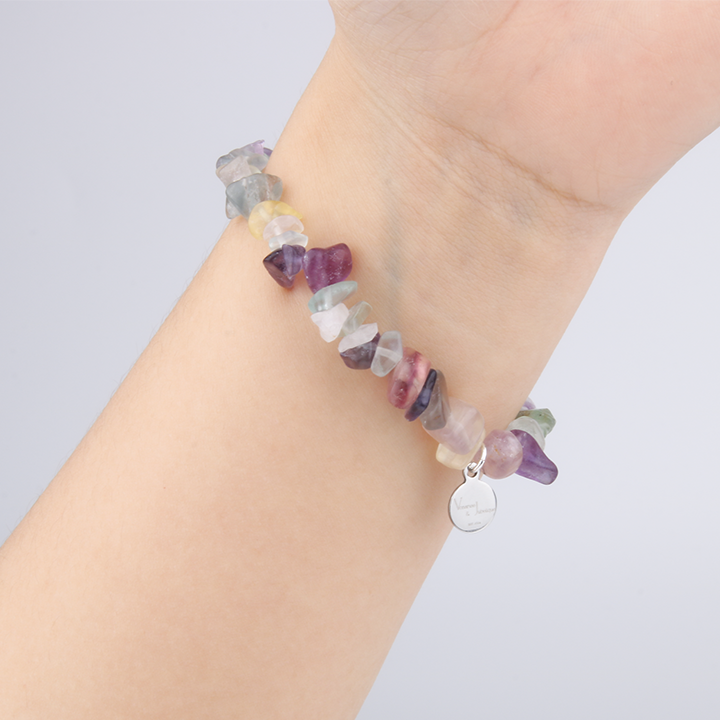
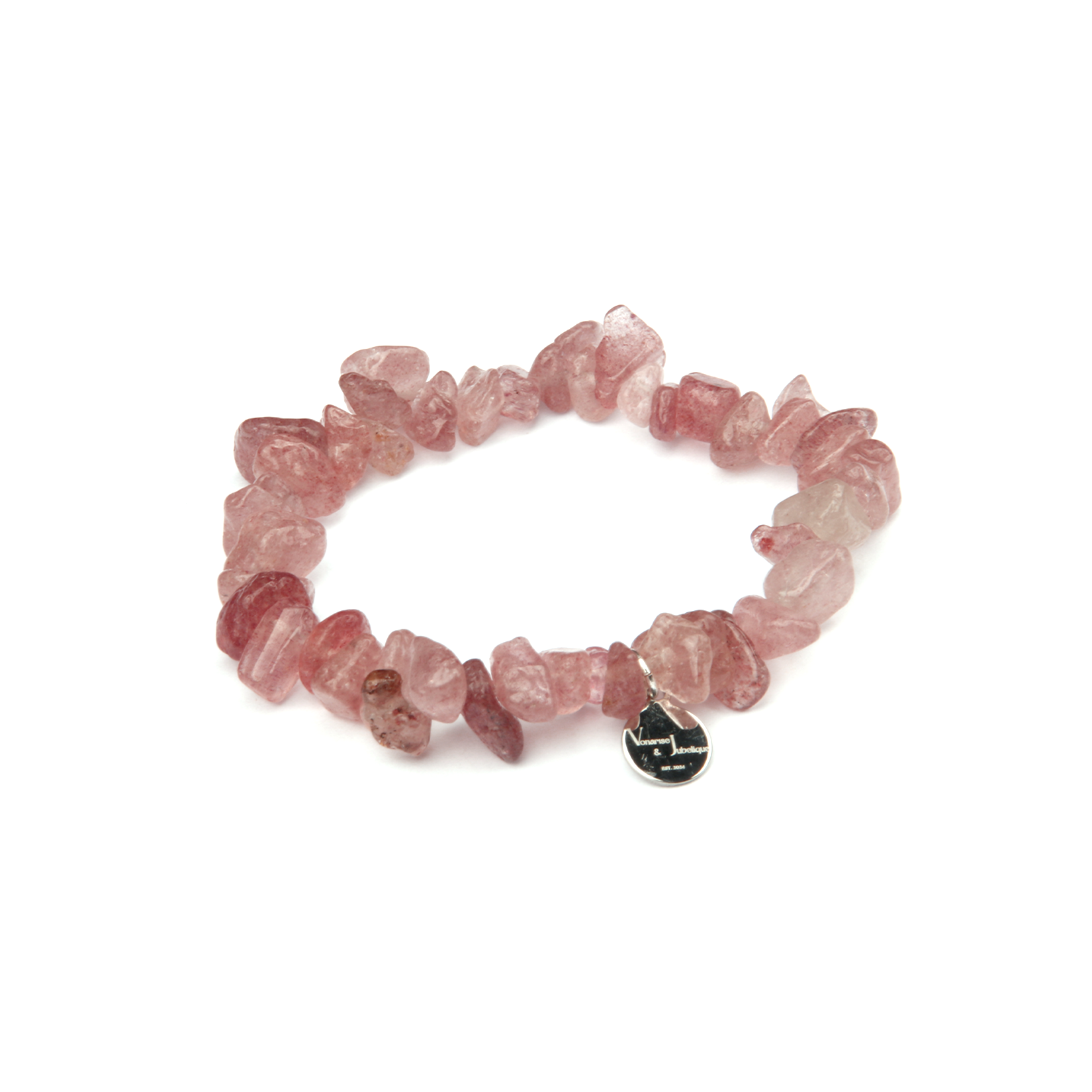
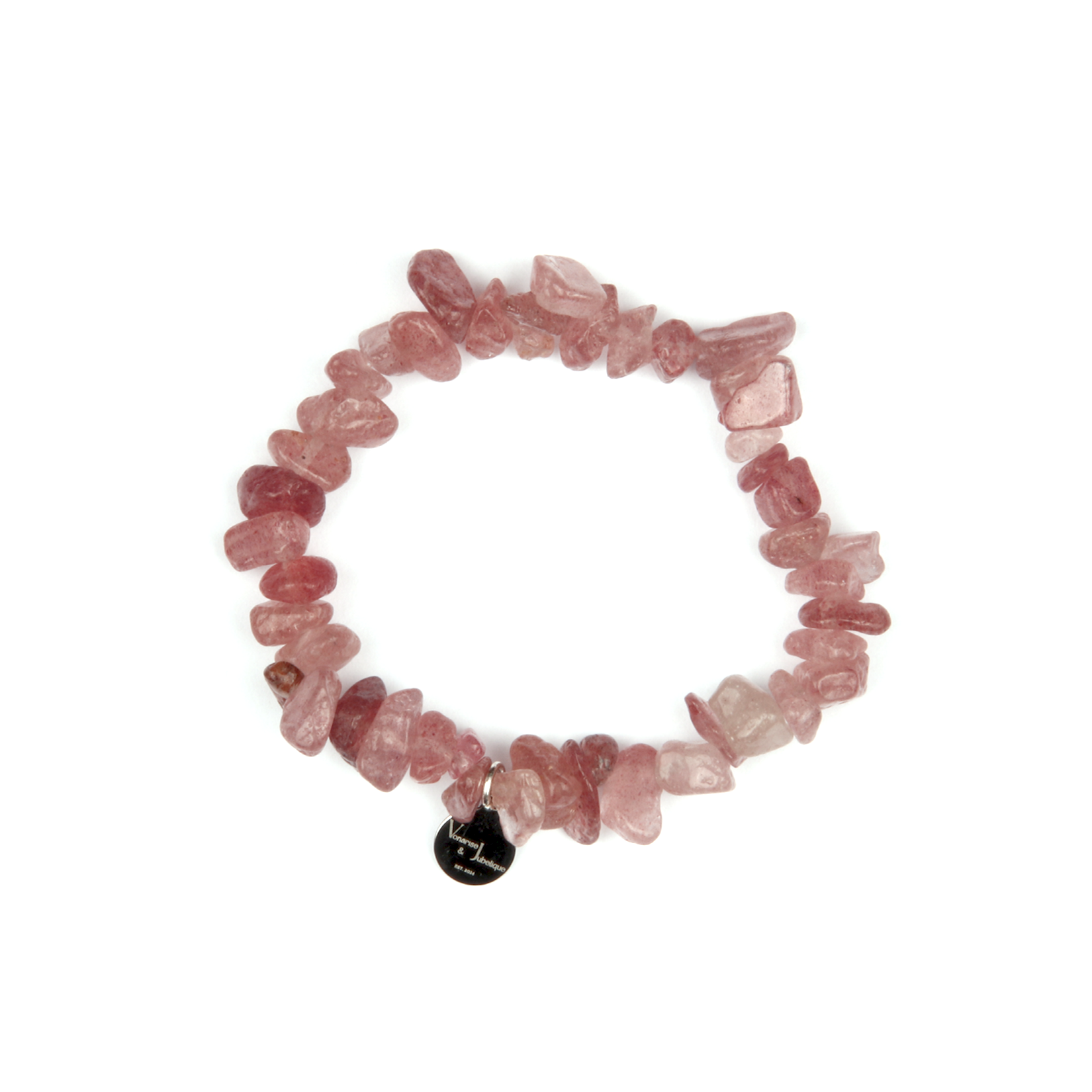
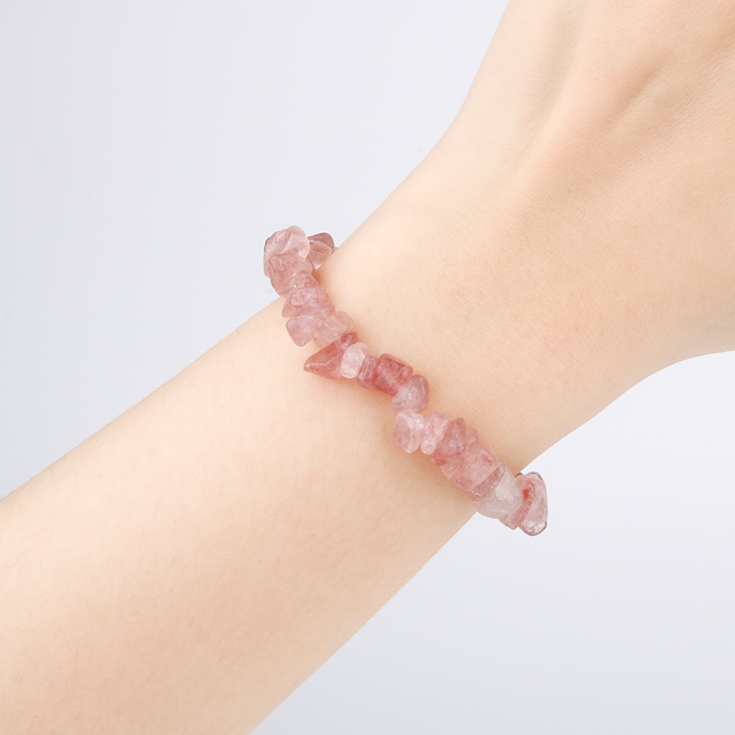
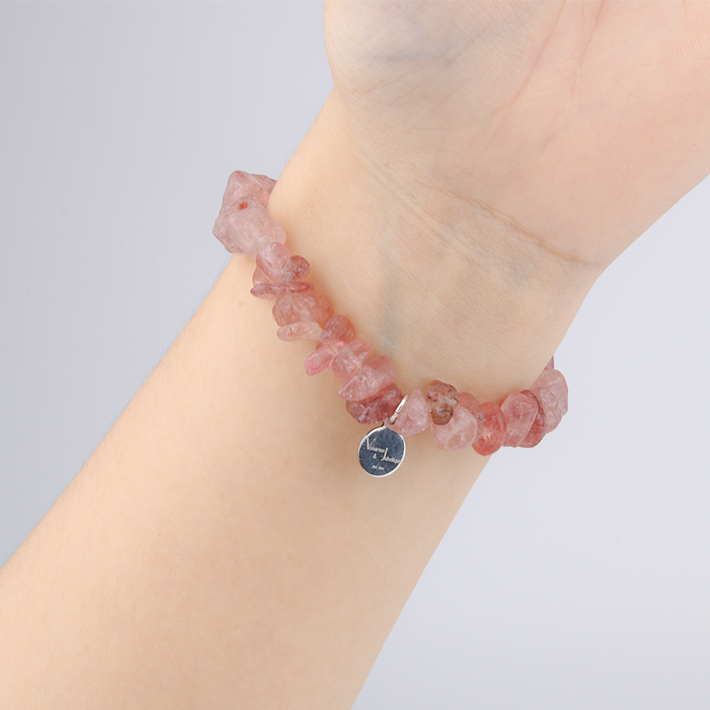
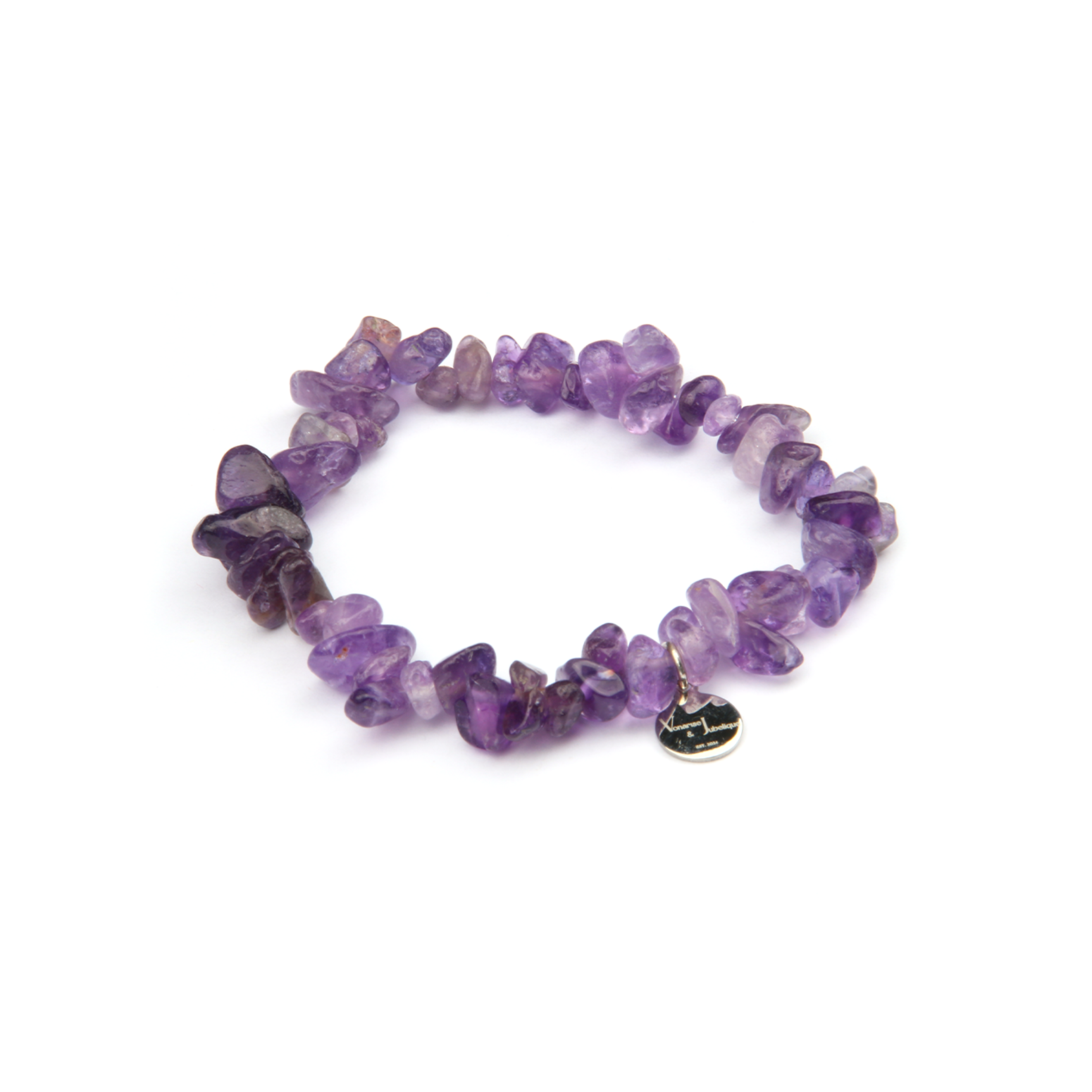
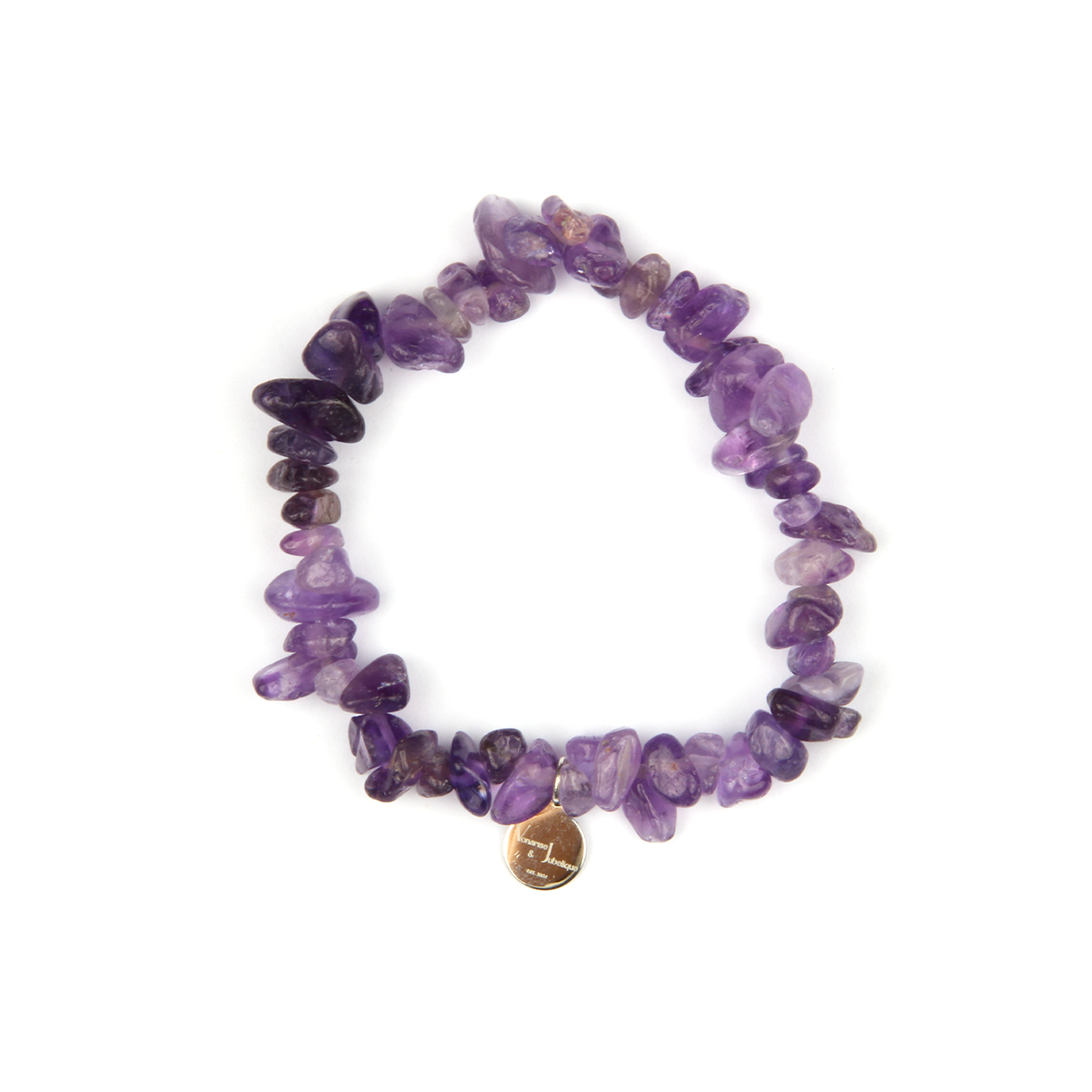
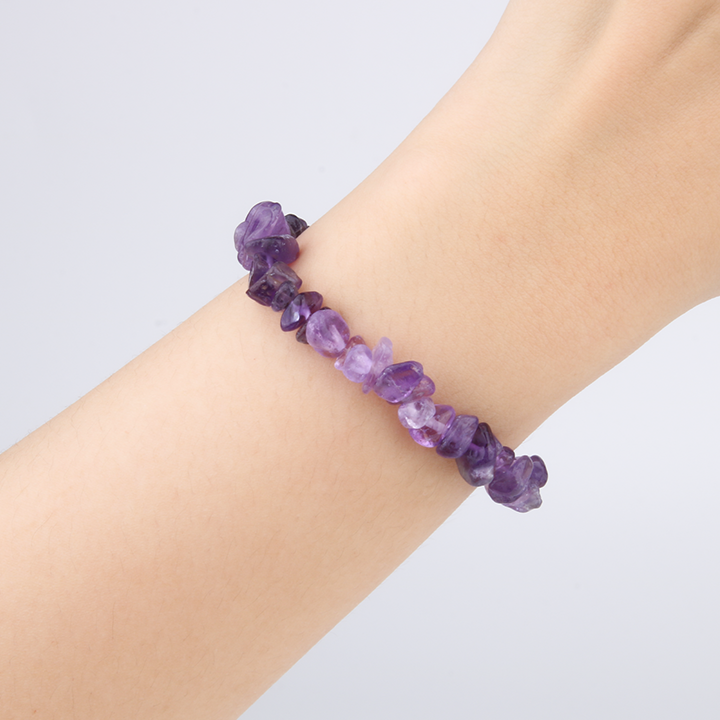
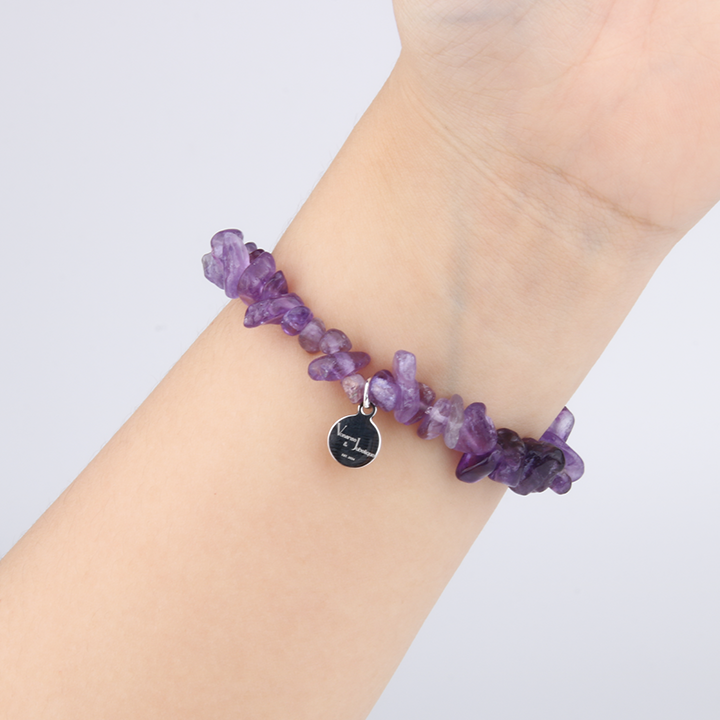

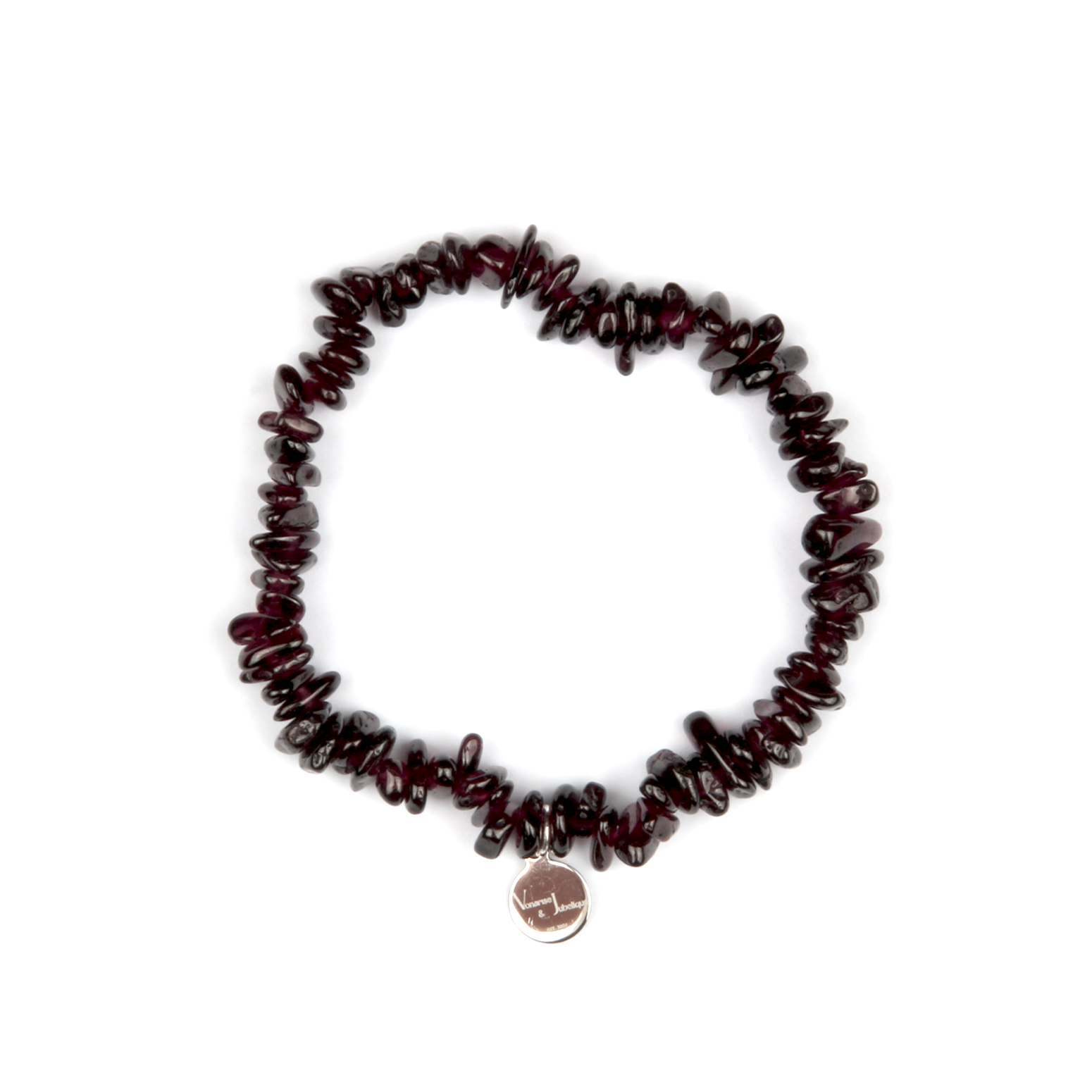
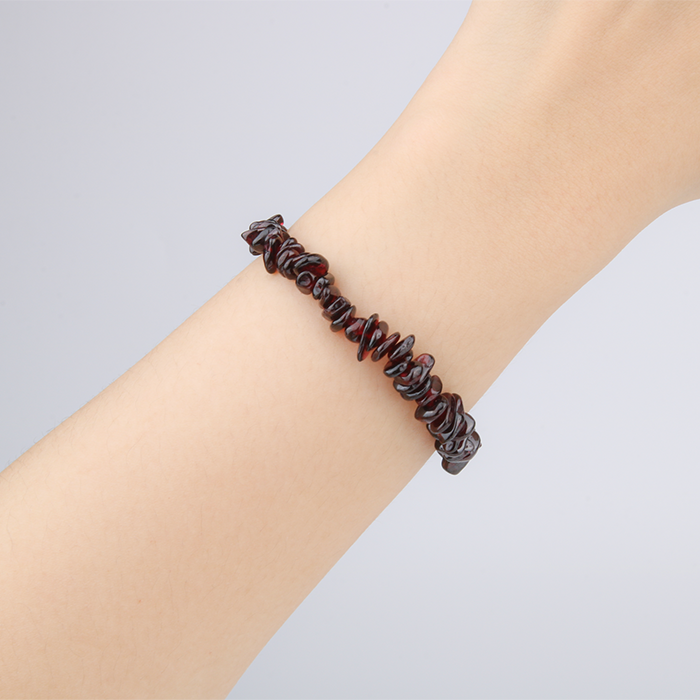
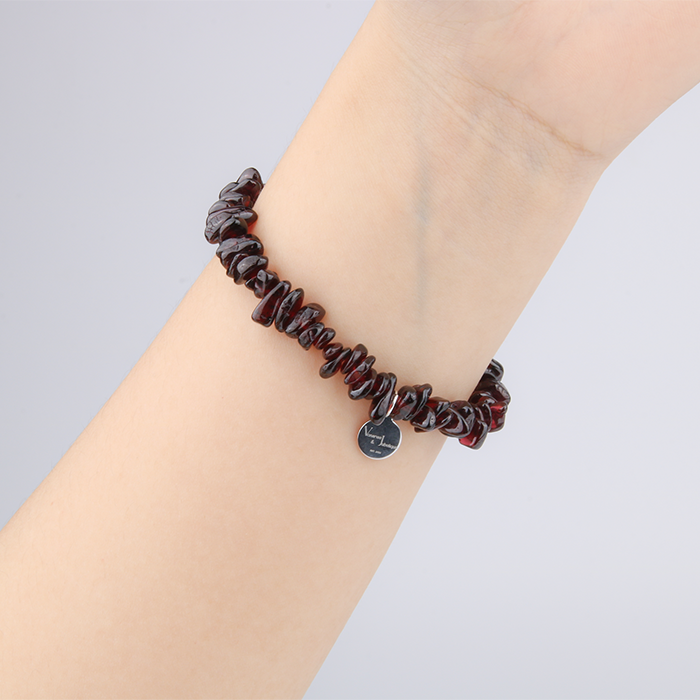
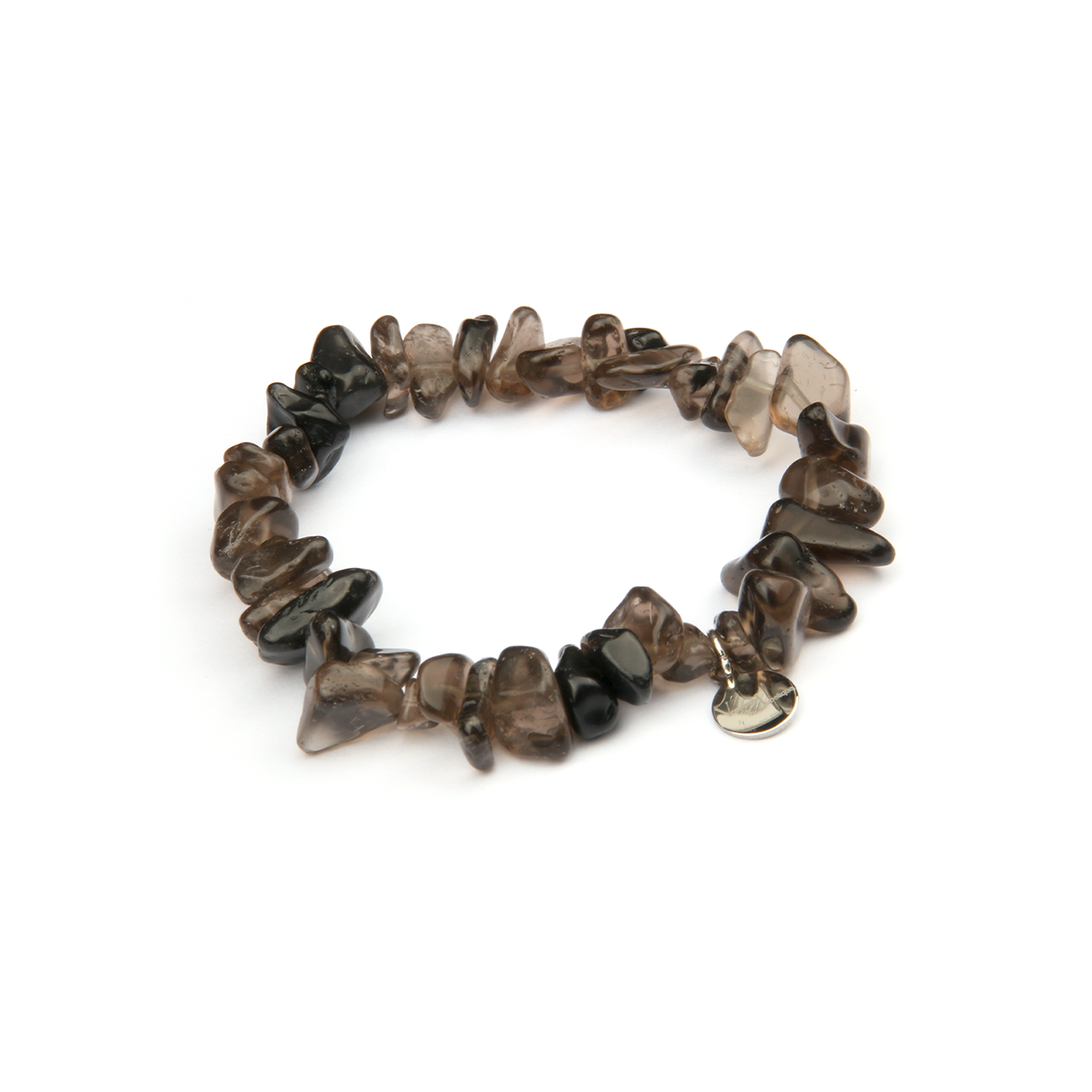
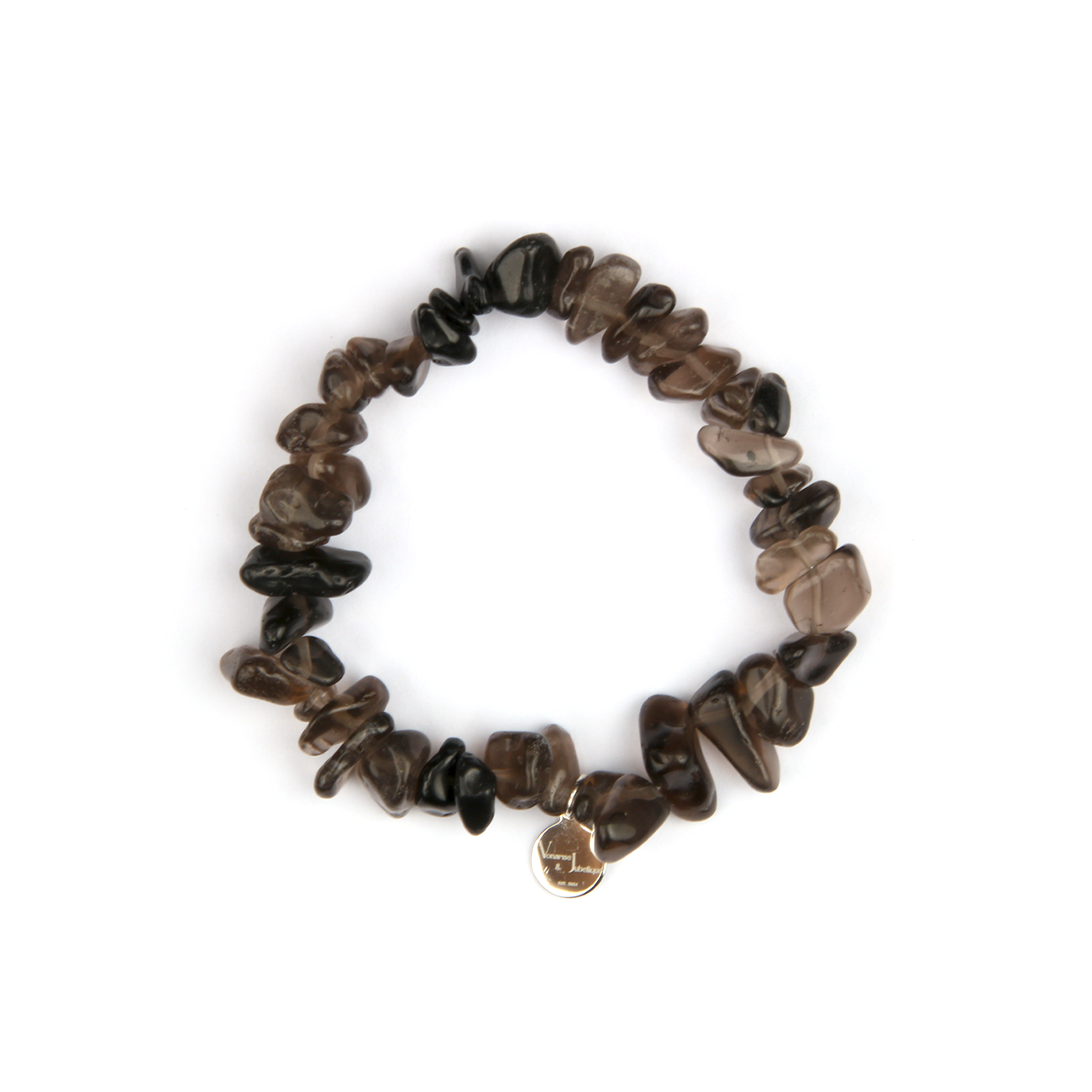

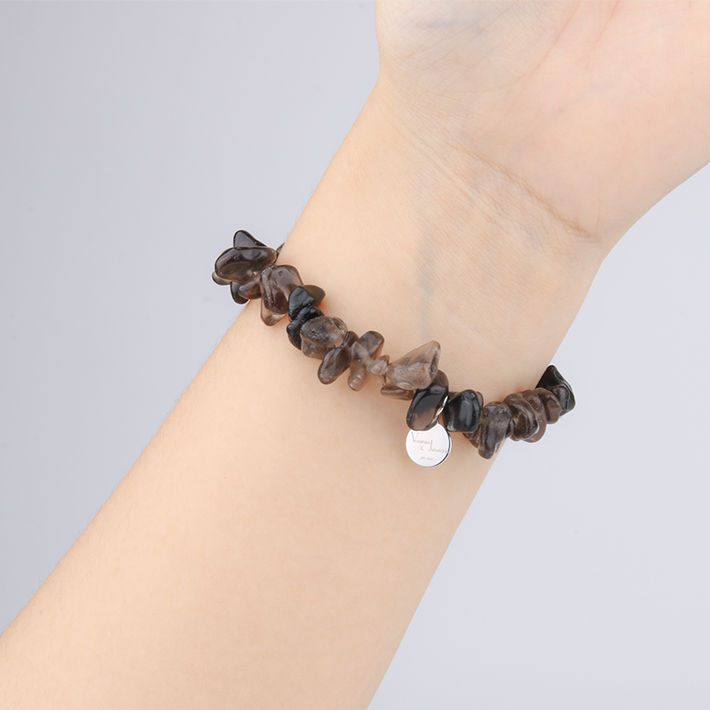
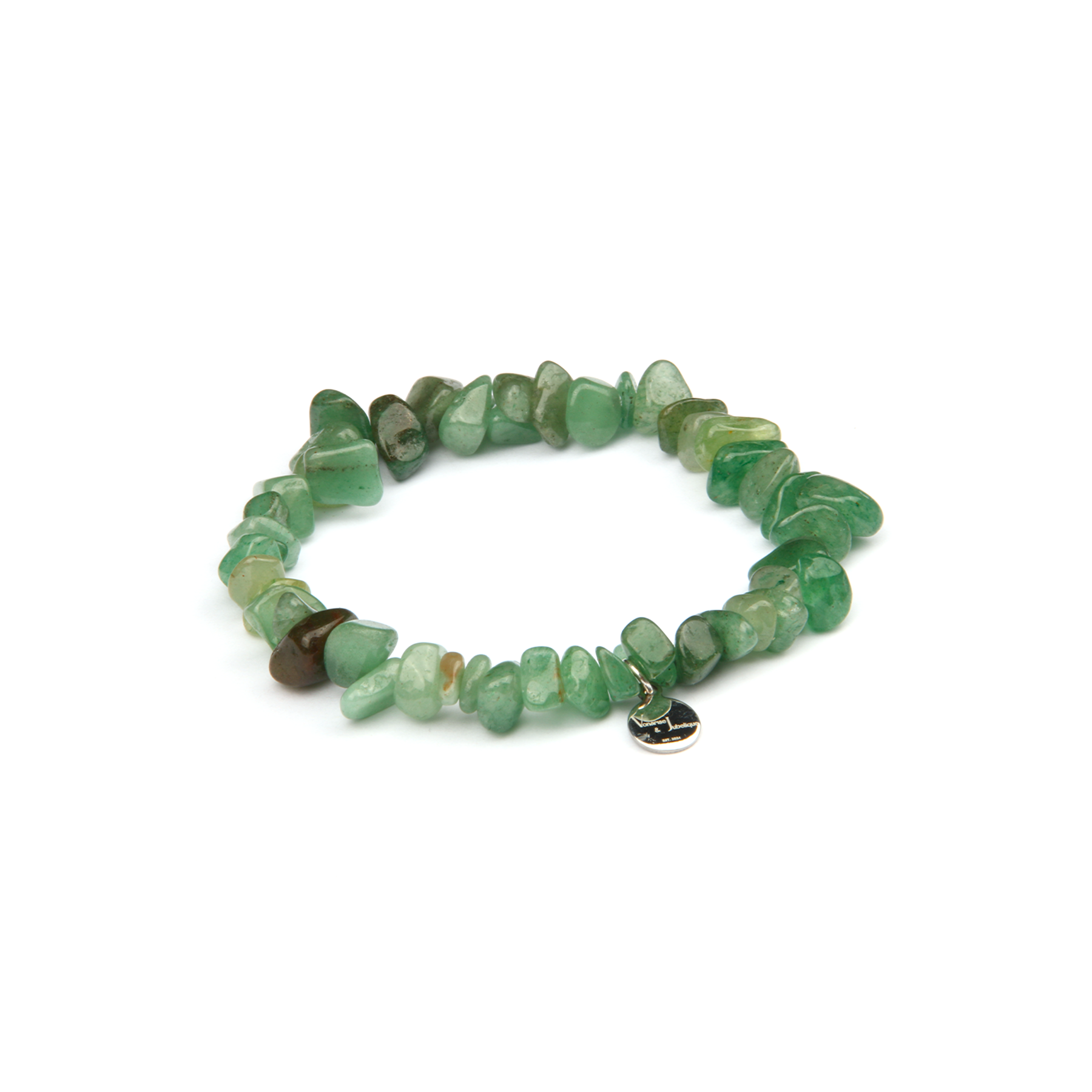
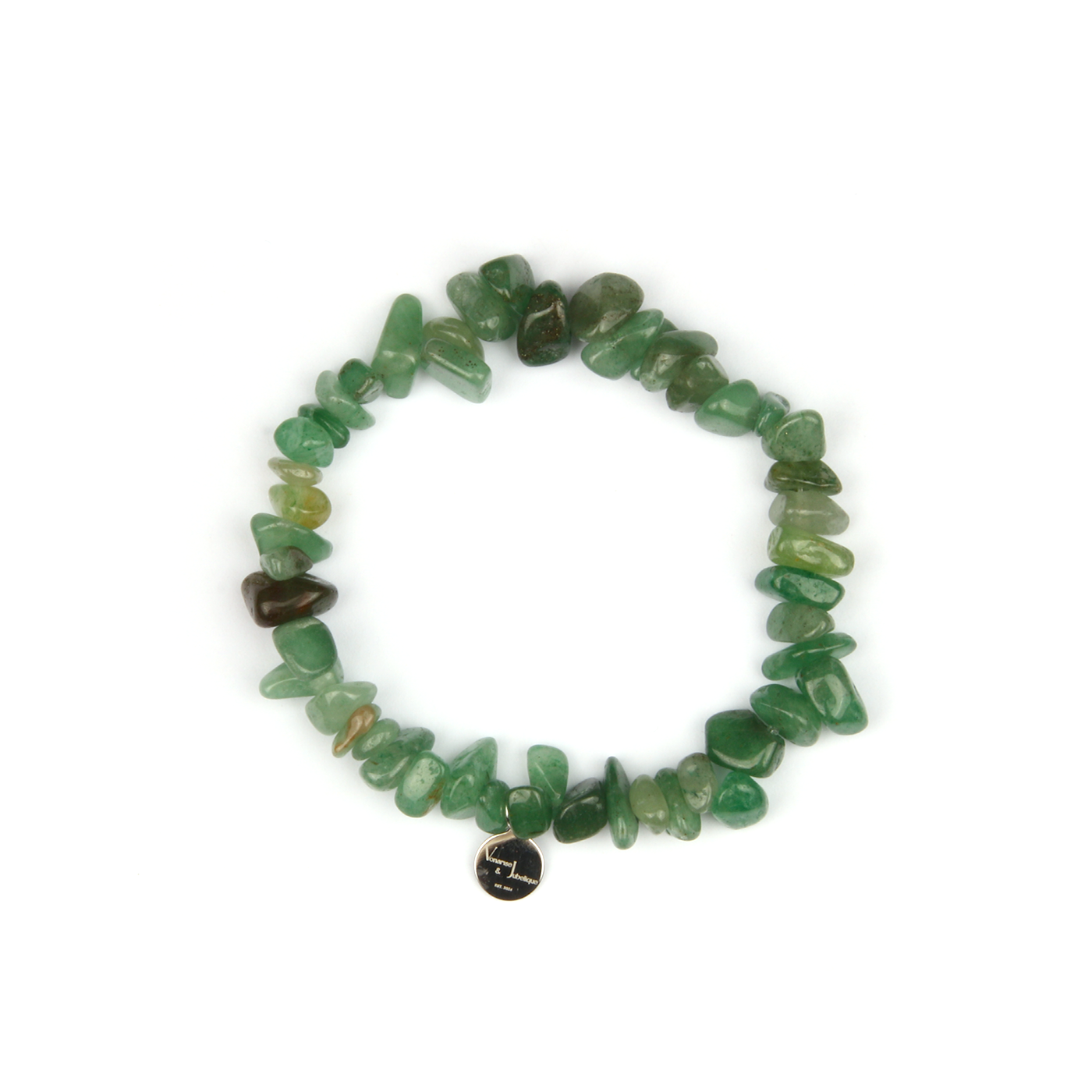
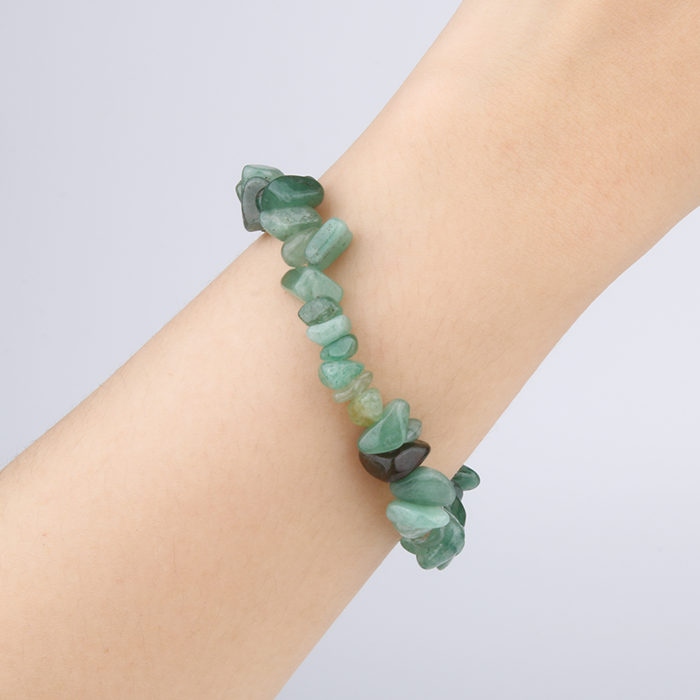
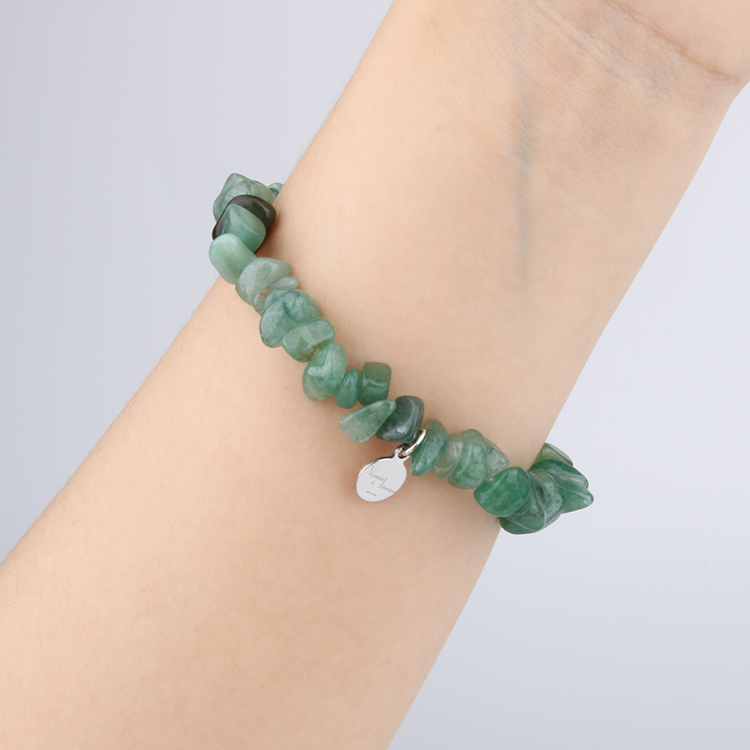
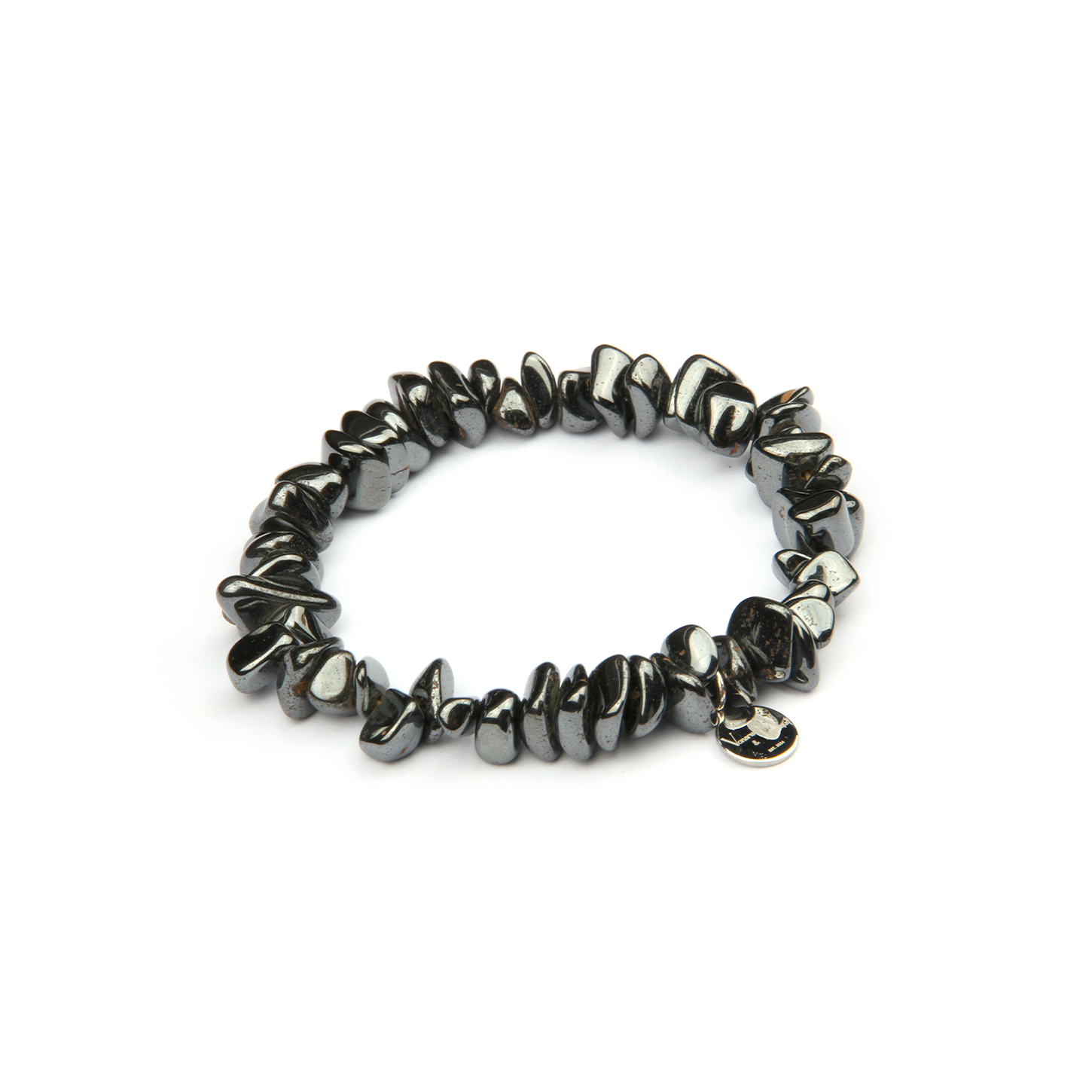


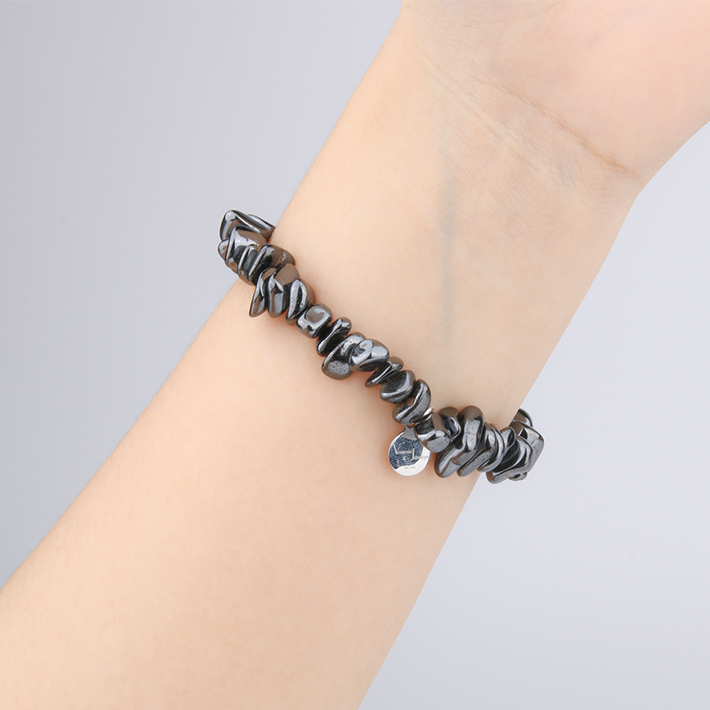
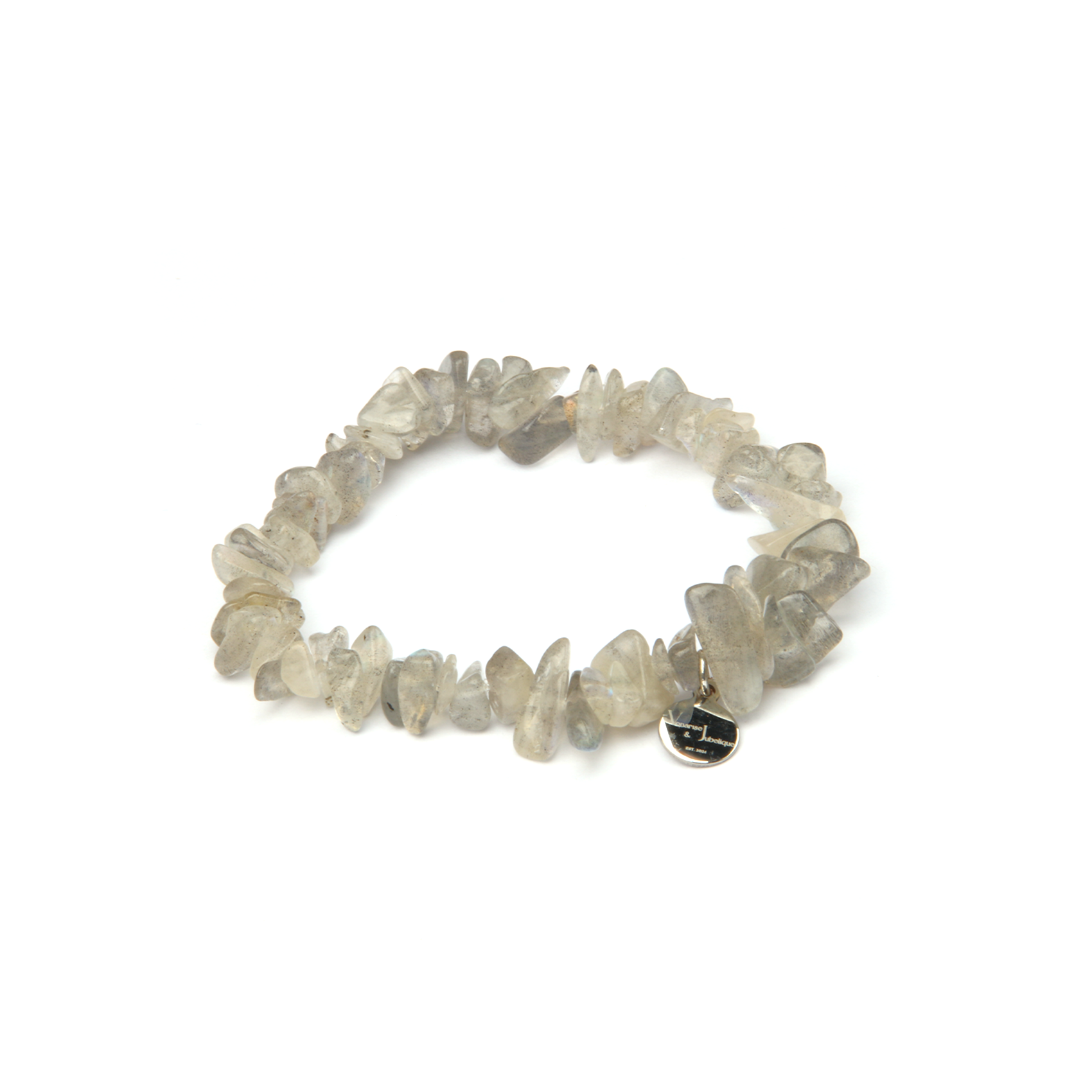
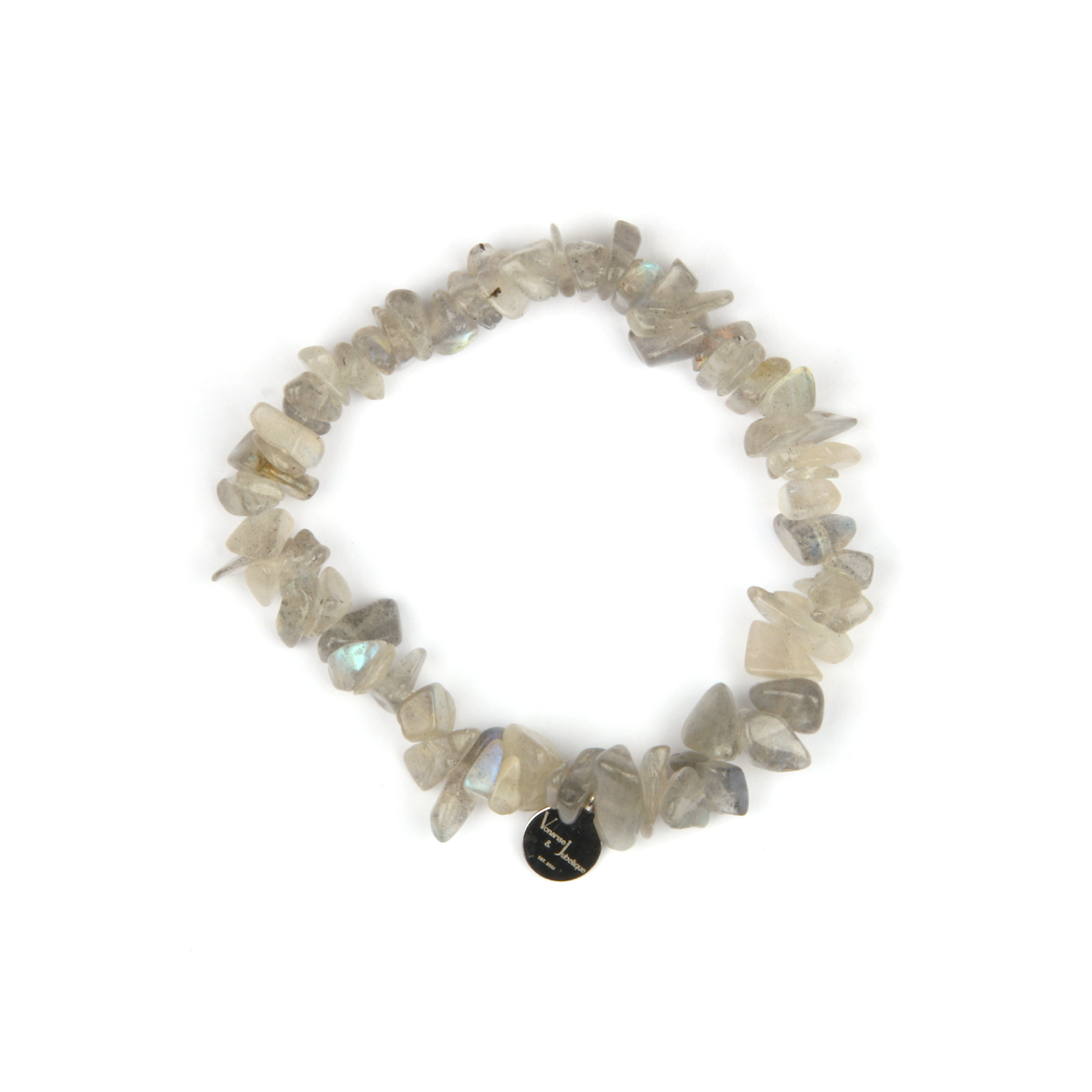
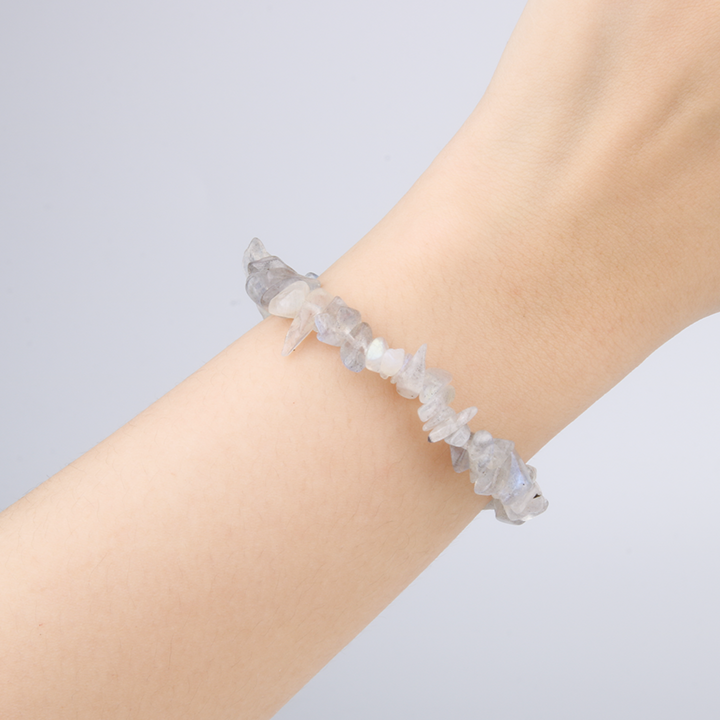
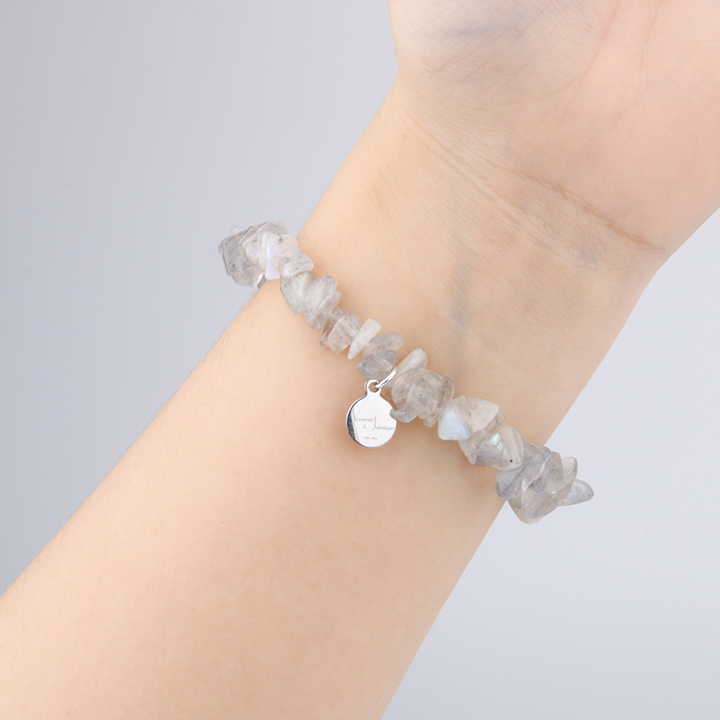
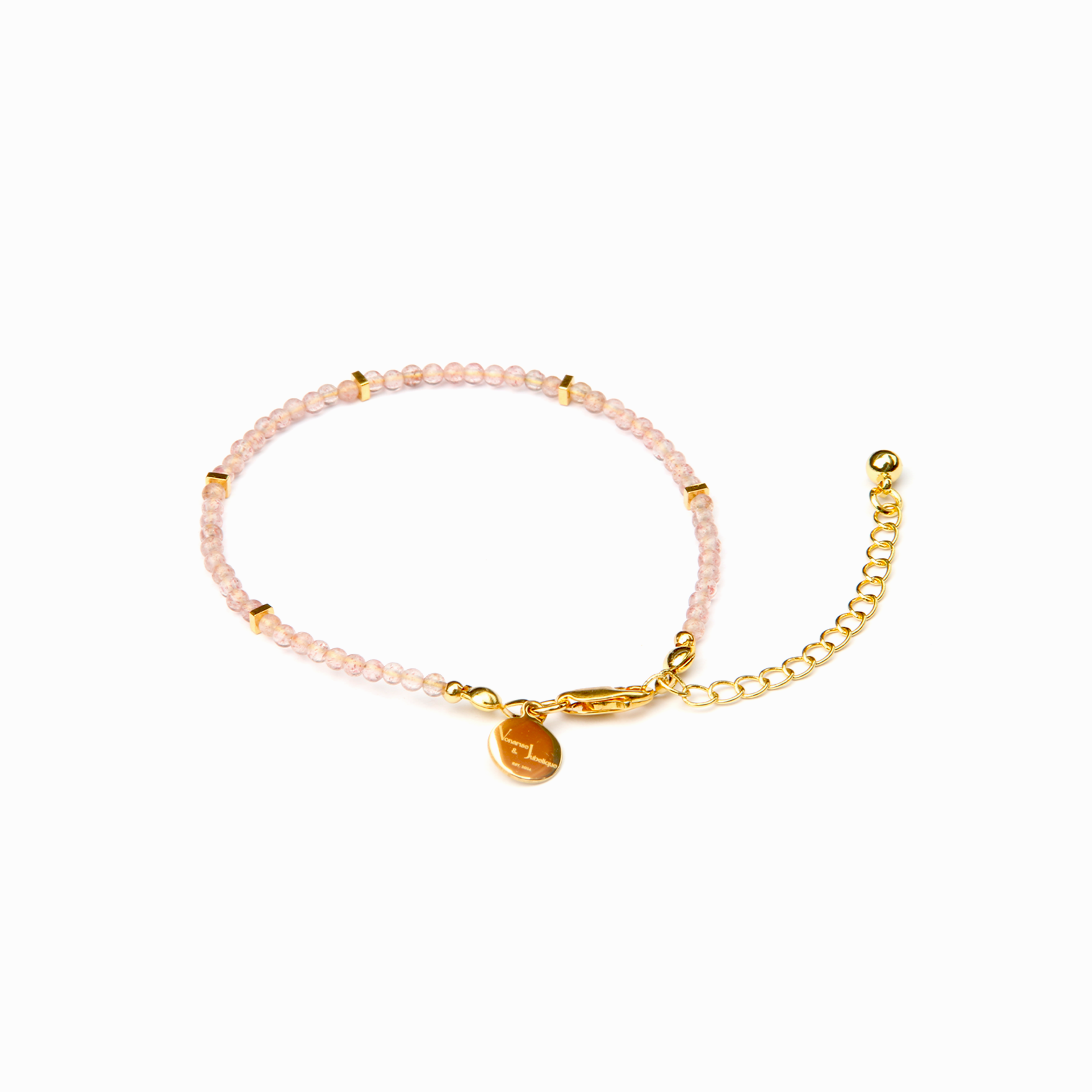
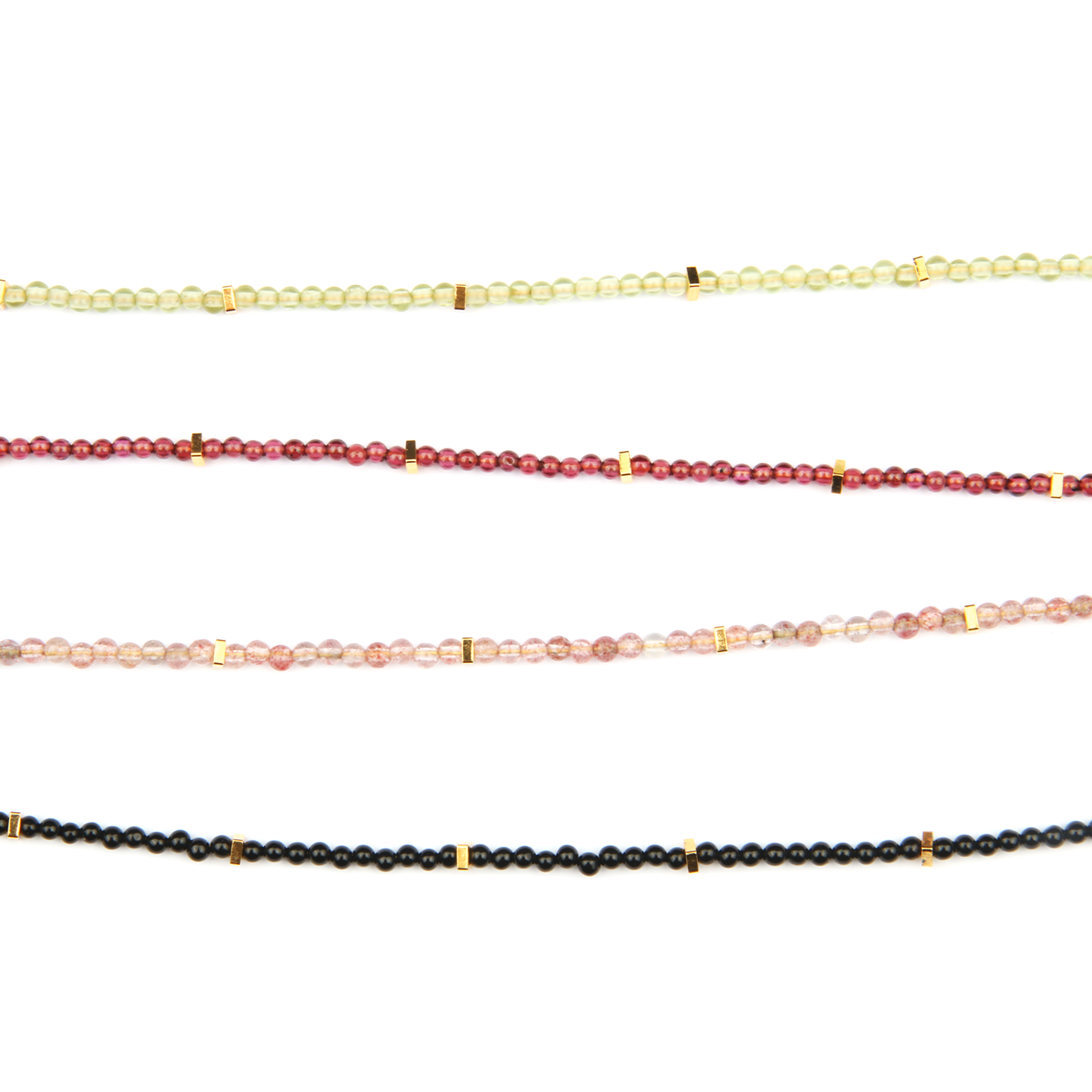
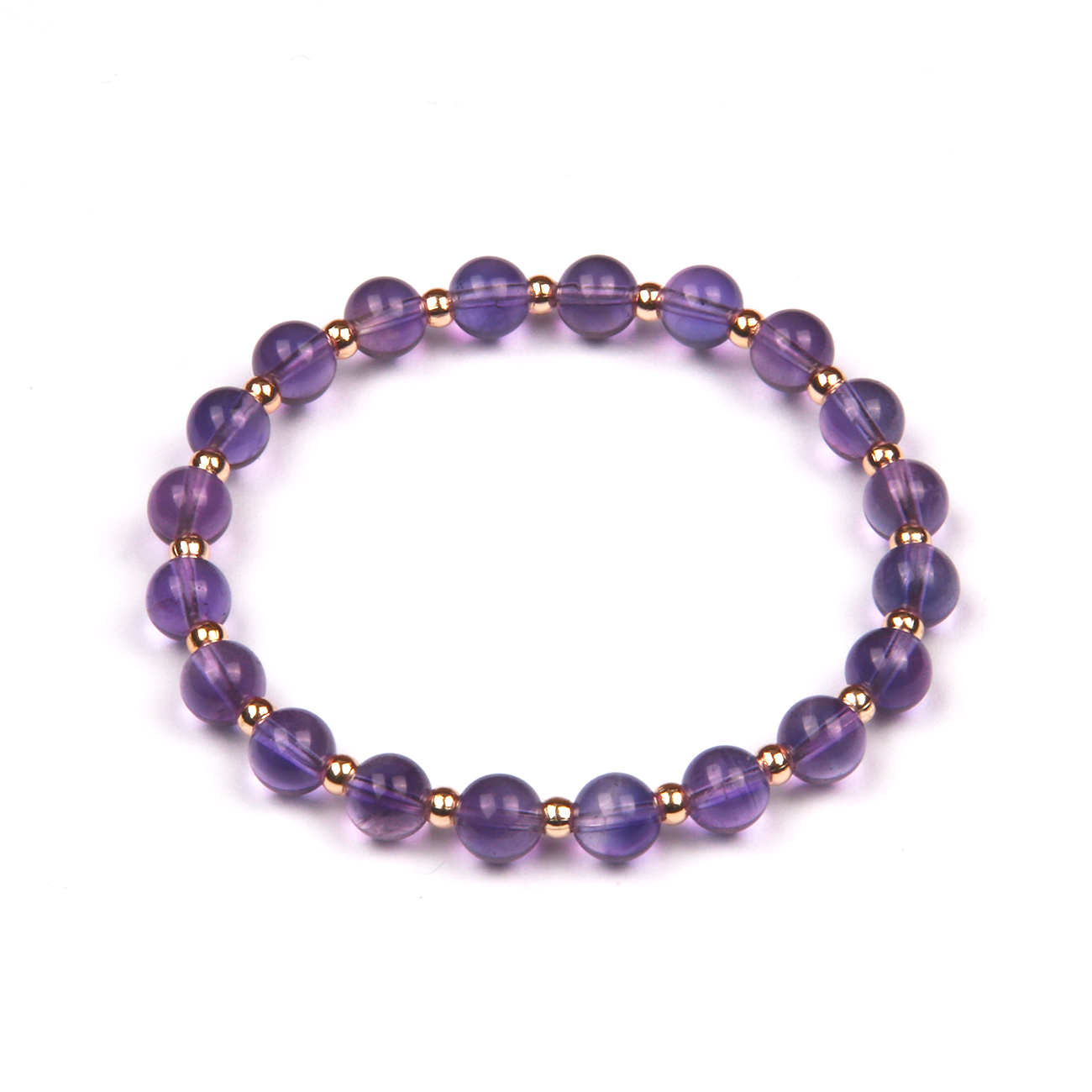
Share:
Amethyst
Aquamarine